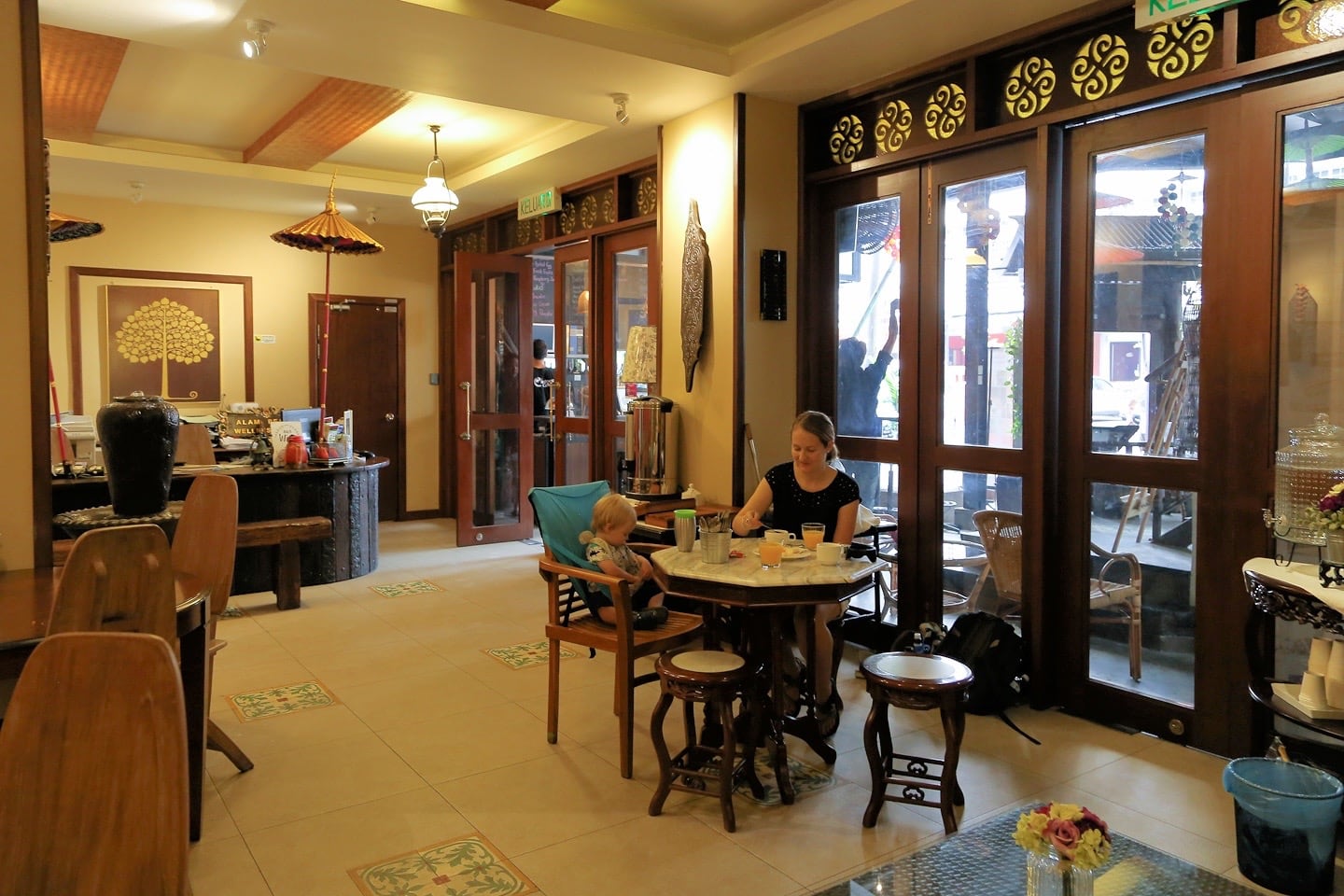
We started the day with our tasty breakfast (included) at our guesthouse before heading to KL Bird Park.
We had a full day planned, but by 9am it was clear we’d be trimming our list of things to see and do.
As is customary these days on the first night in someplace new, Noe had a less-than-stellar night’s sleep. All of the changes had also put him on edge and he just wasn’t being his normal self.
The night before at the central market, we had our first ever public meltdown. Breakfast wasn’t going much better.
It was our hope that a few thousand beautiful birds might help turn the tide of discontent.
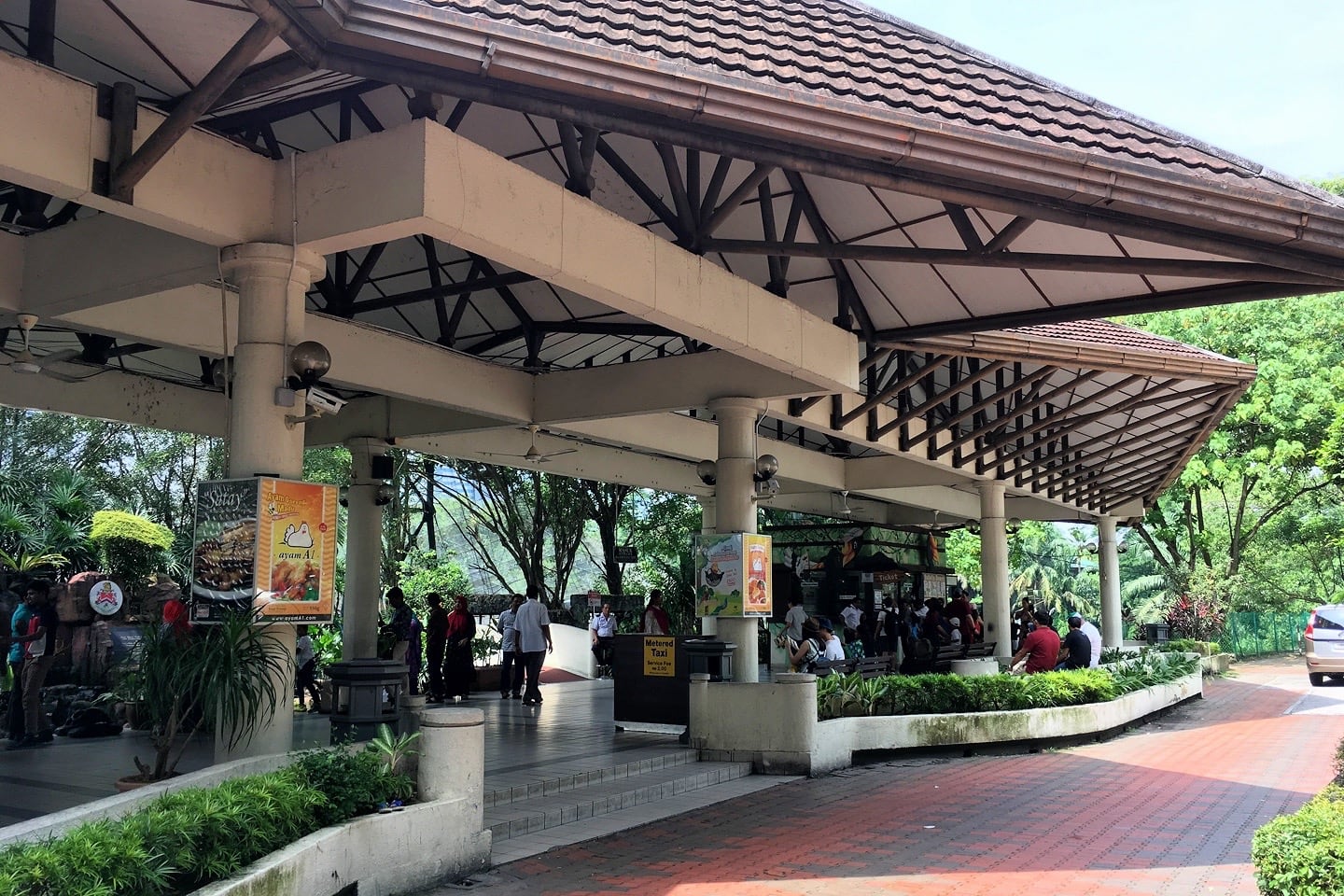
I did all the research and planning for Borneo while Lori took care of our time in Kuala Lumpur.
We hadn’t had an opportunity to talk much about our days in KL before arriving, so much of it was a surprise to me.
KL Bird Park? Sounds cool. I had no idea.
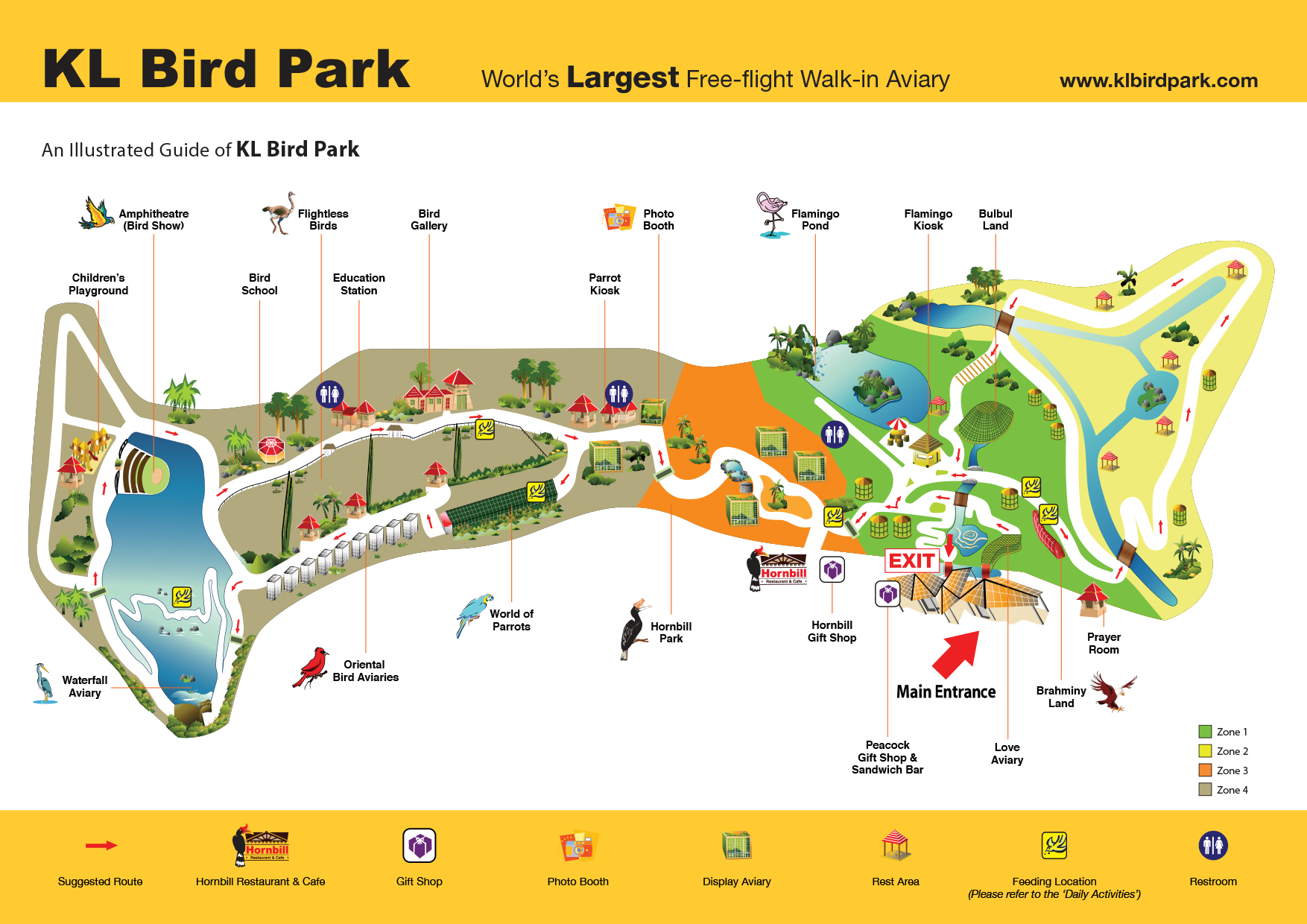
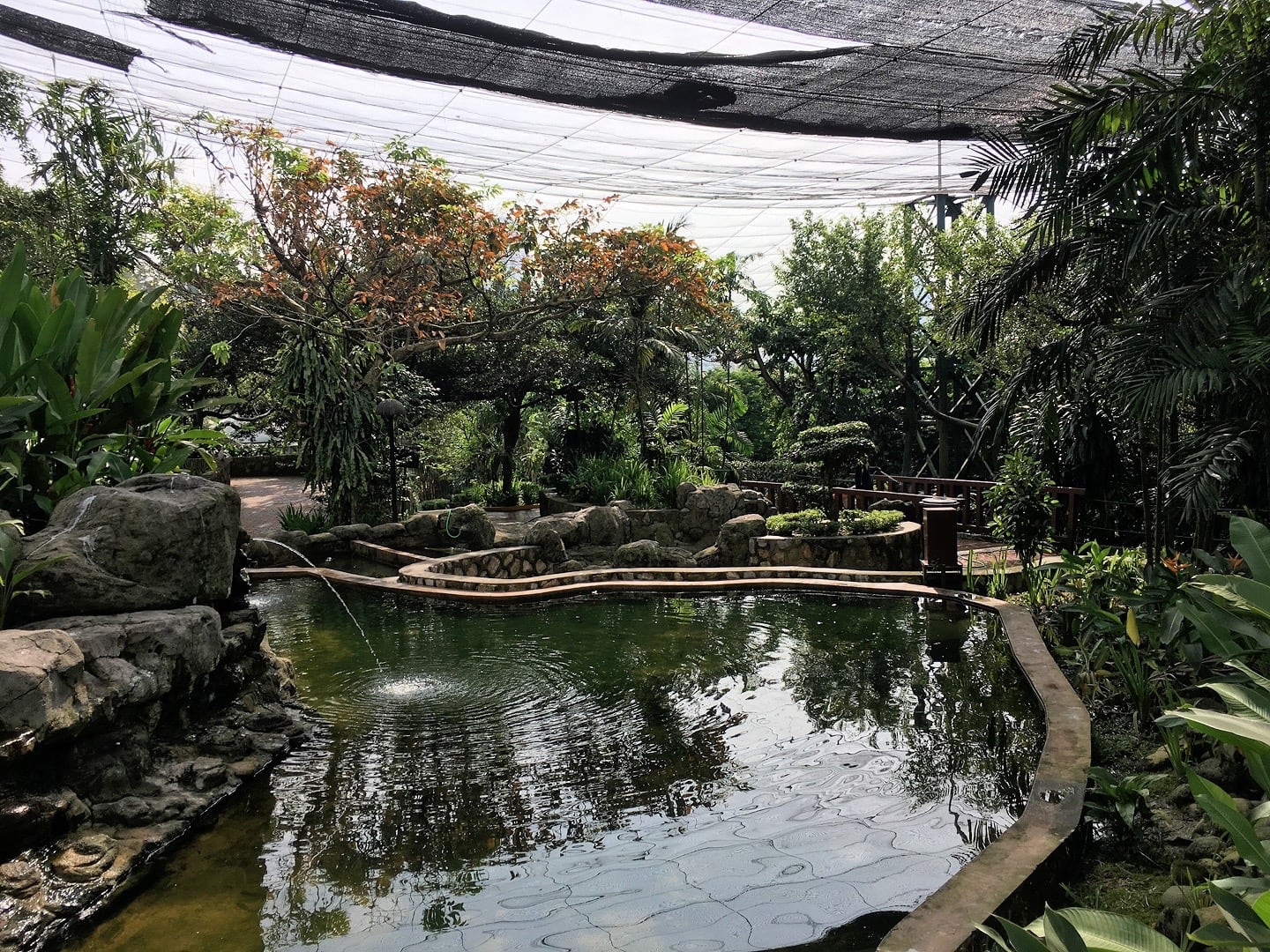
Opened in 1991, KL Bird Park is an impressive undertaking of an aviary, right in the heart of the Kuala Lumpur.
Seriously, what city of this size and stature these days is able to devote over 20 acres of prime real estate in the city center to a giant aviary?

But that’s not all, KL Bird Park is but a small section of the massive Kuala Lumpur Lake Gardens, an additional 130 acres of public gardens.
Established in 1888, the Lake Gardens also house a butterfly park, deer park, botanical gardens, and the former house of parliament.
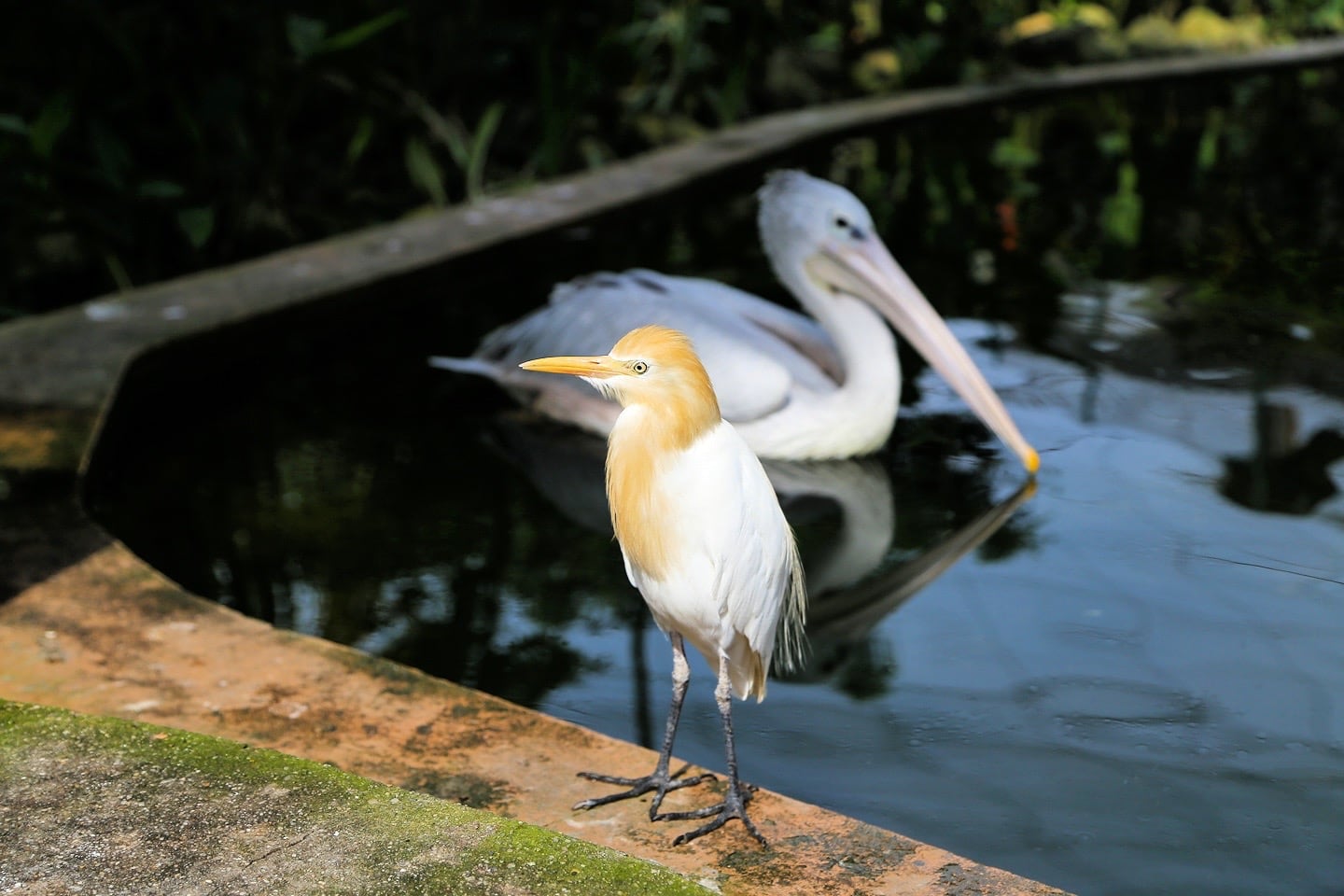
We arrived on a Sunday morning just after opening and were the only visitors. Right off the bat, we were greeted by these two crazy critters.
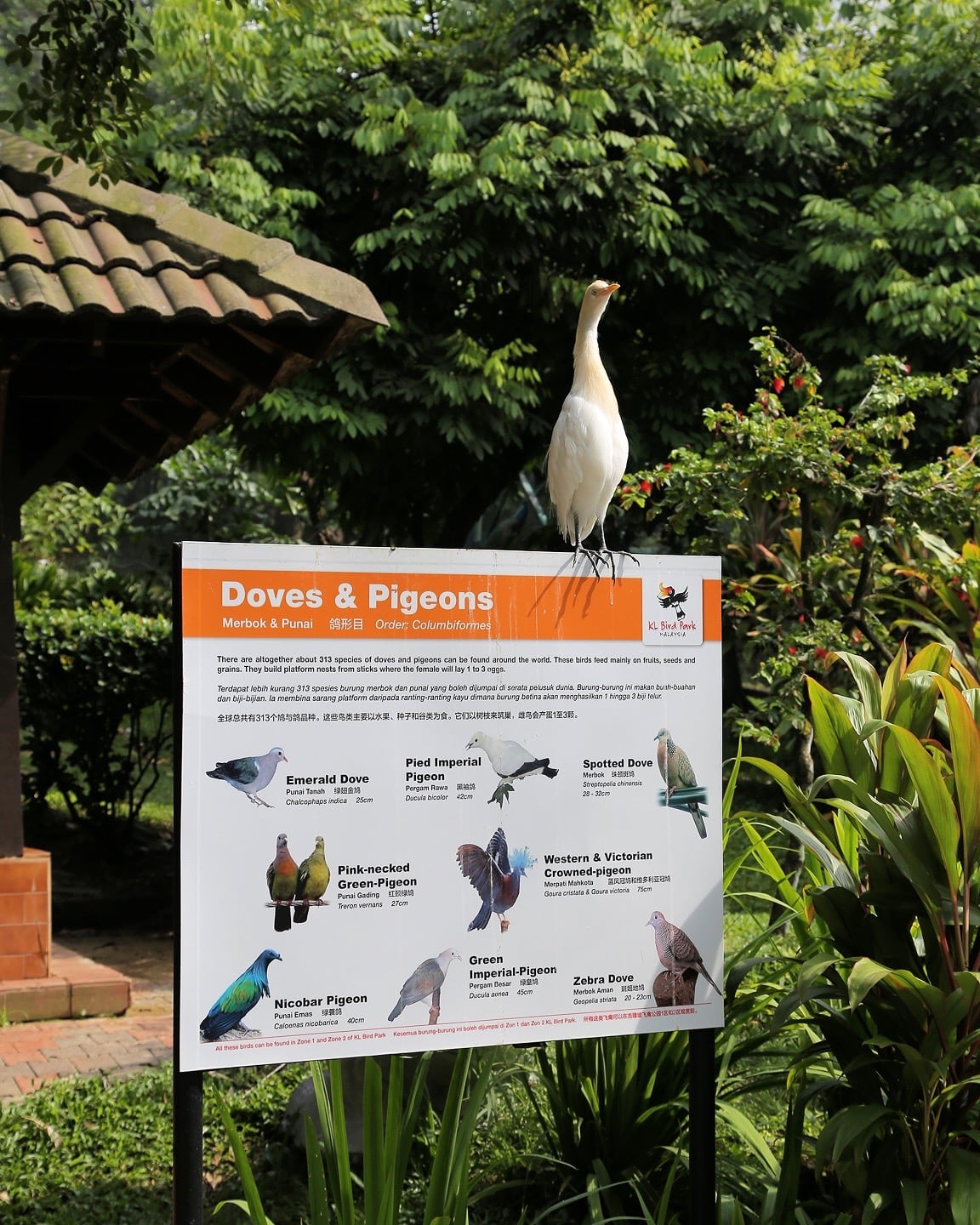
There were even a dozen or so owls chillin’ on their stoops snoozin’ or creepily eyeing visitors.
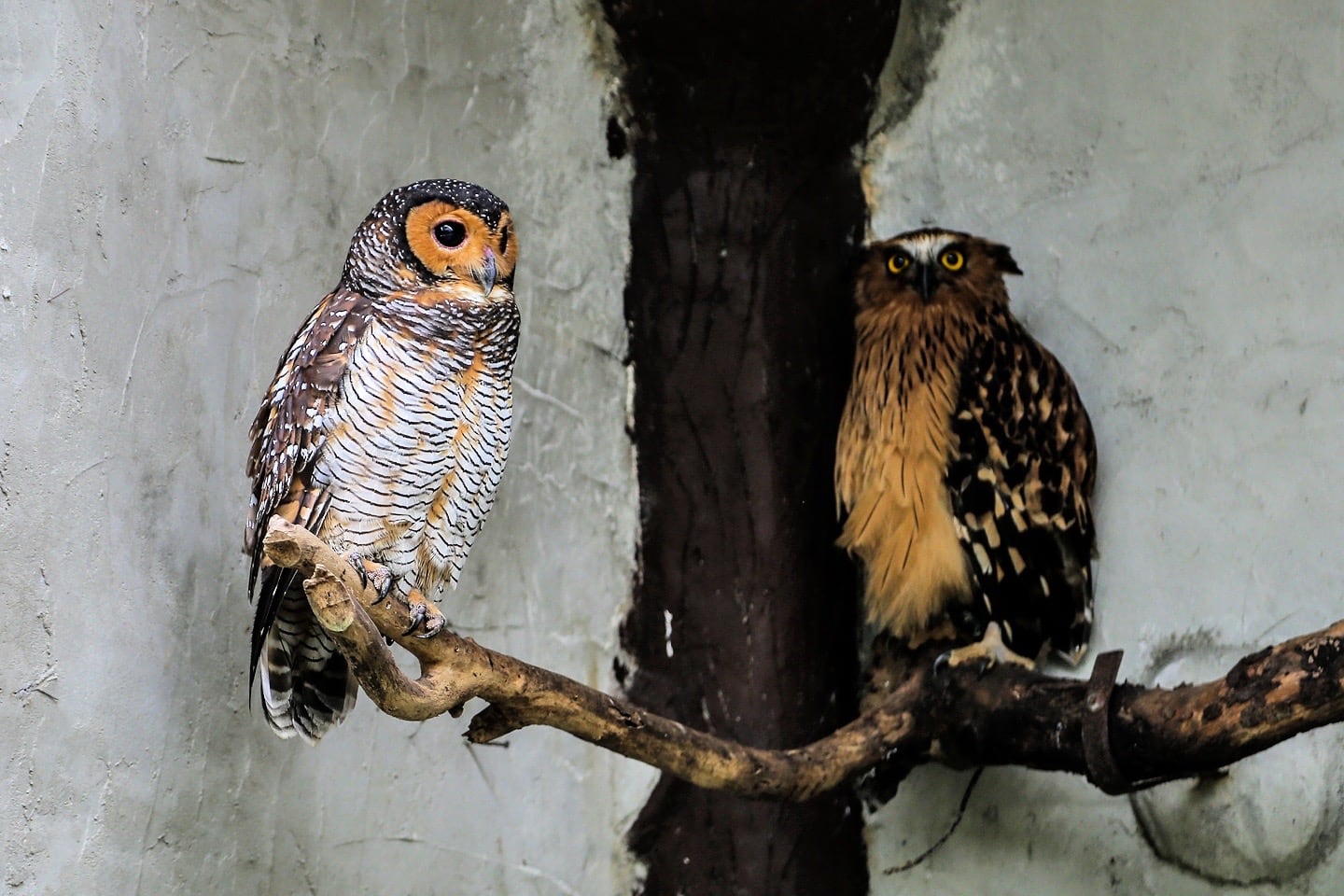
One of the highlights of our visit was encountering hundreds of White Storks along the main path.
It’s always an eerie feeling to be walking counter to an entire herd…or flock, in this case. Where y’all headed?
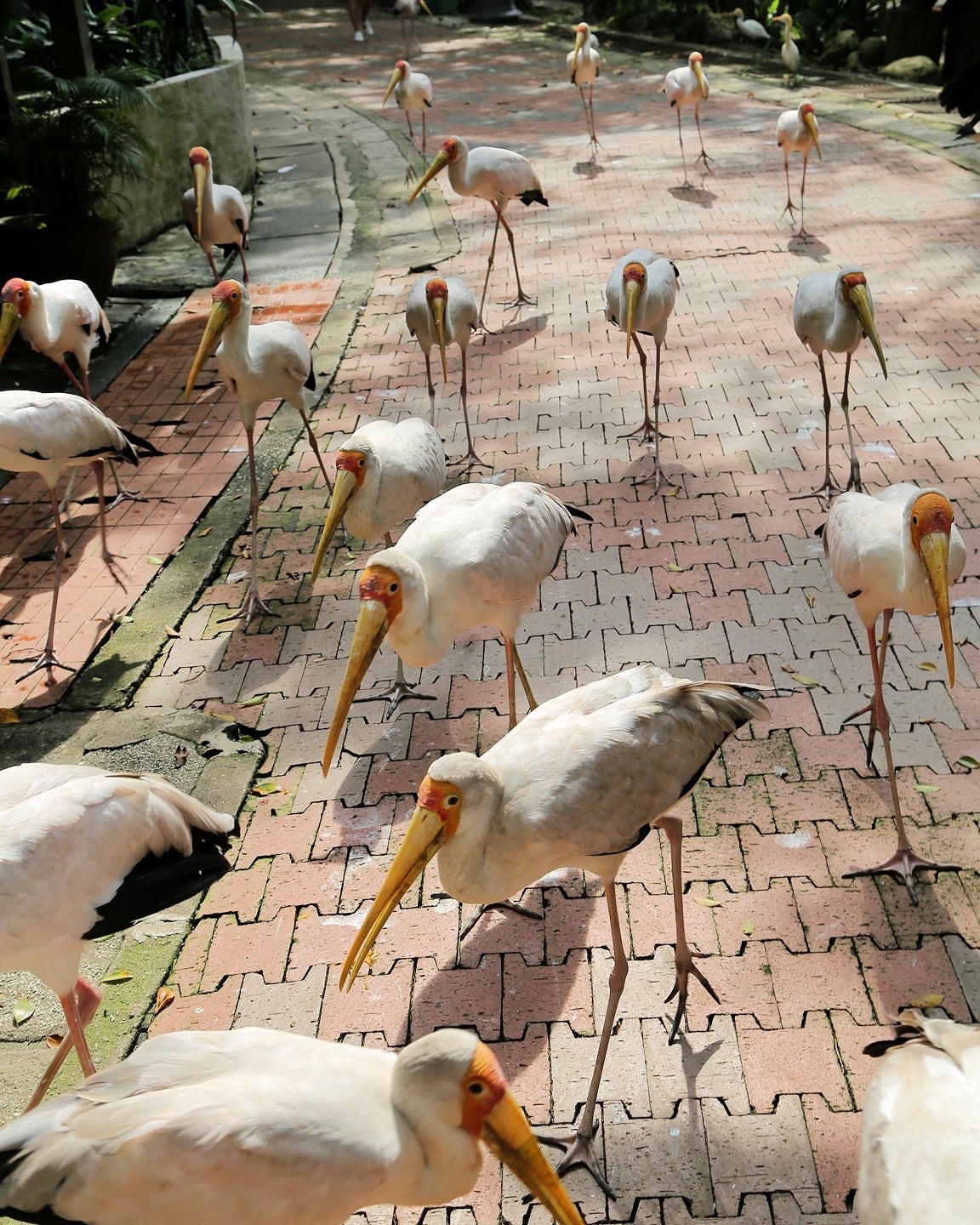
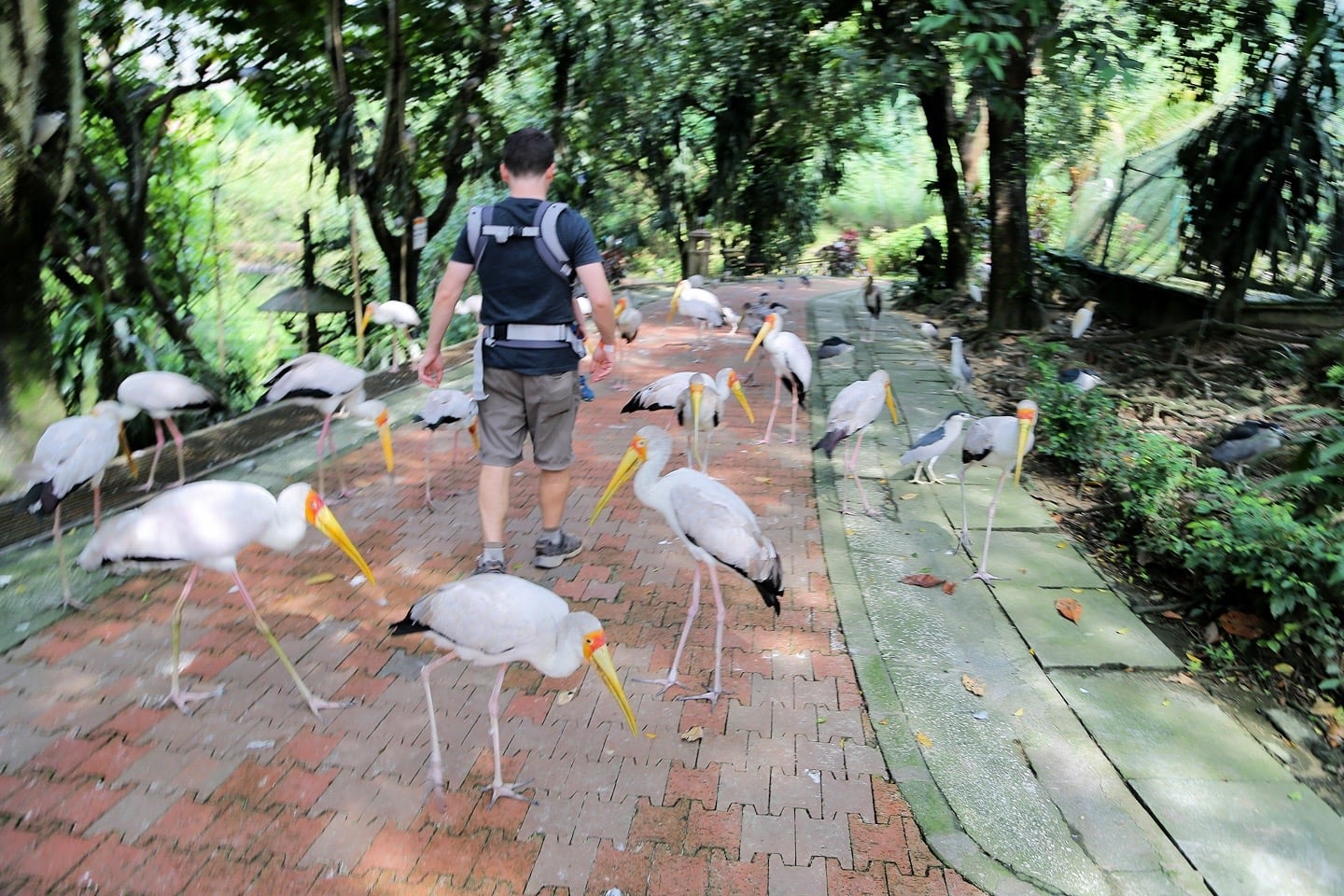
As the large, gangly birds walked hurriedly together up the hill we began to wonder if it was some sort of signal of an impending natural calamity—canary-in-a-coalmine-style.
Taking a cue from the storks, we turned around and began to follow the flock ourselves.
And then it all became clear what was going on. Feeding time.
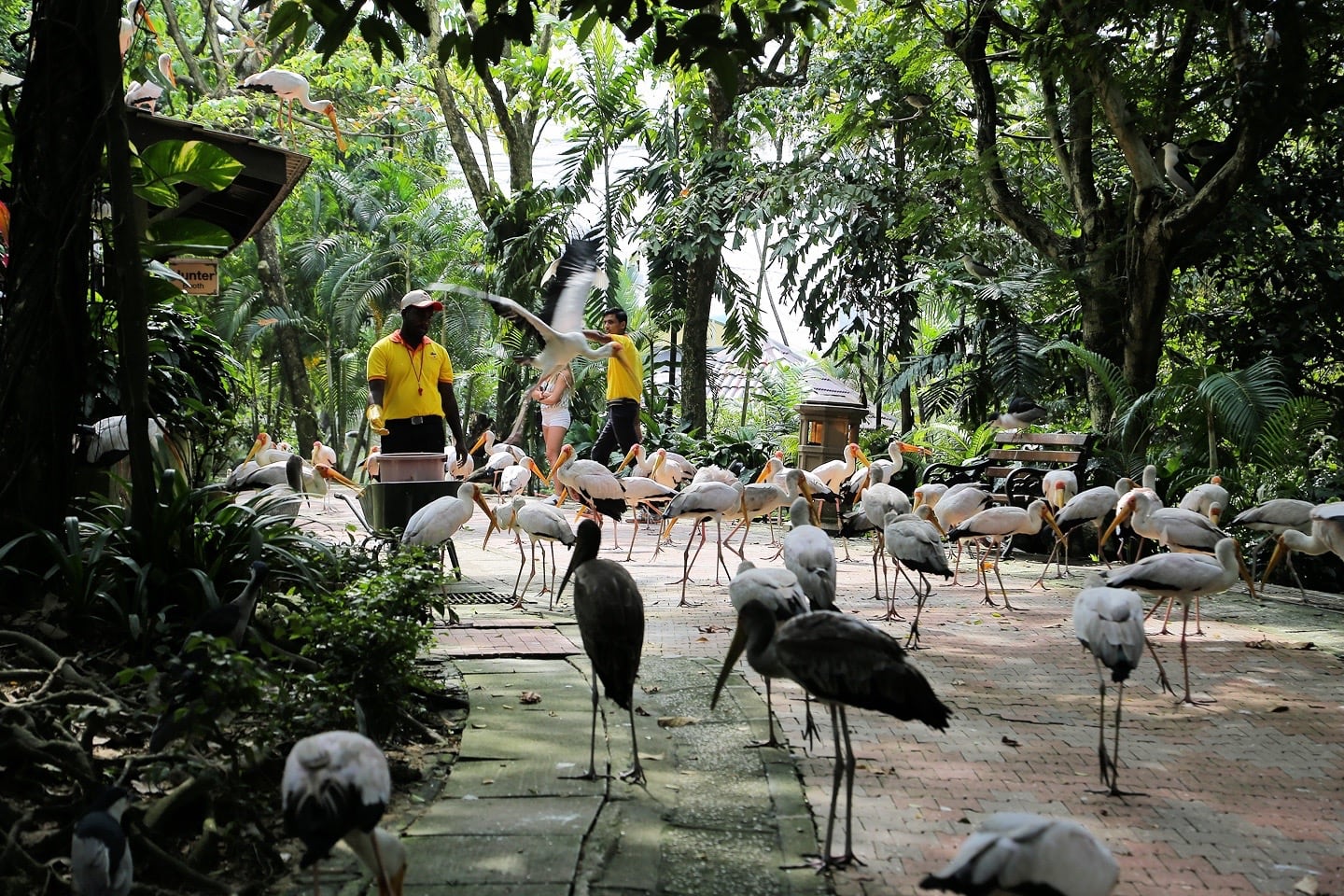
KL Bird Park has two feedings per day, which are purported to be the best times to visit. And it’s easy to see why. The birds are active and visible and care more about getting fed than running away from you.
We read that the morning feeding (which starts around 10:30) is the best of the two times, as crowds—even on Sundays—are smaller and temps are [more] manageable.
Which brings me to another fun fact about Kuala Lumpur. It’s hot here!
Sure, we live in Southeast Asia, but in dusty, landlocked Vientiane a thousand or so miles due north—all of which makes for a markedly less tropical-feeling climate.
This, of course, sounds crazy to visitors when we try and tell them it’s really not that hot in Vientiane (with the obvious exception of March and April which get pretty steamy).
But head south—even just 300 miles—to a little ol’ place called Bangkok and you’ll be in for a treat.
KL’s weather seems to be fairly similar—hot and steamy days with dramatic thunderstorms that move in and out with a fury, followed by the sun shining and things getting hot and steamy. Rinse and repeat.
Vientiane? November to March: Dry, dusty, and warm/hot. May to September: Wet, dark, dank, dreary, and disgusting. April and October: A combo of the two.
Which do I prefer?
Well, I’m not a big fan of going months without seeing the sun, so I’ll take a nasty afternoon storm every day if it means I get to see that big, beautiful ball in the sky most mornings and evenings.
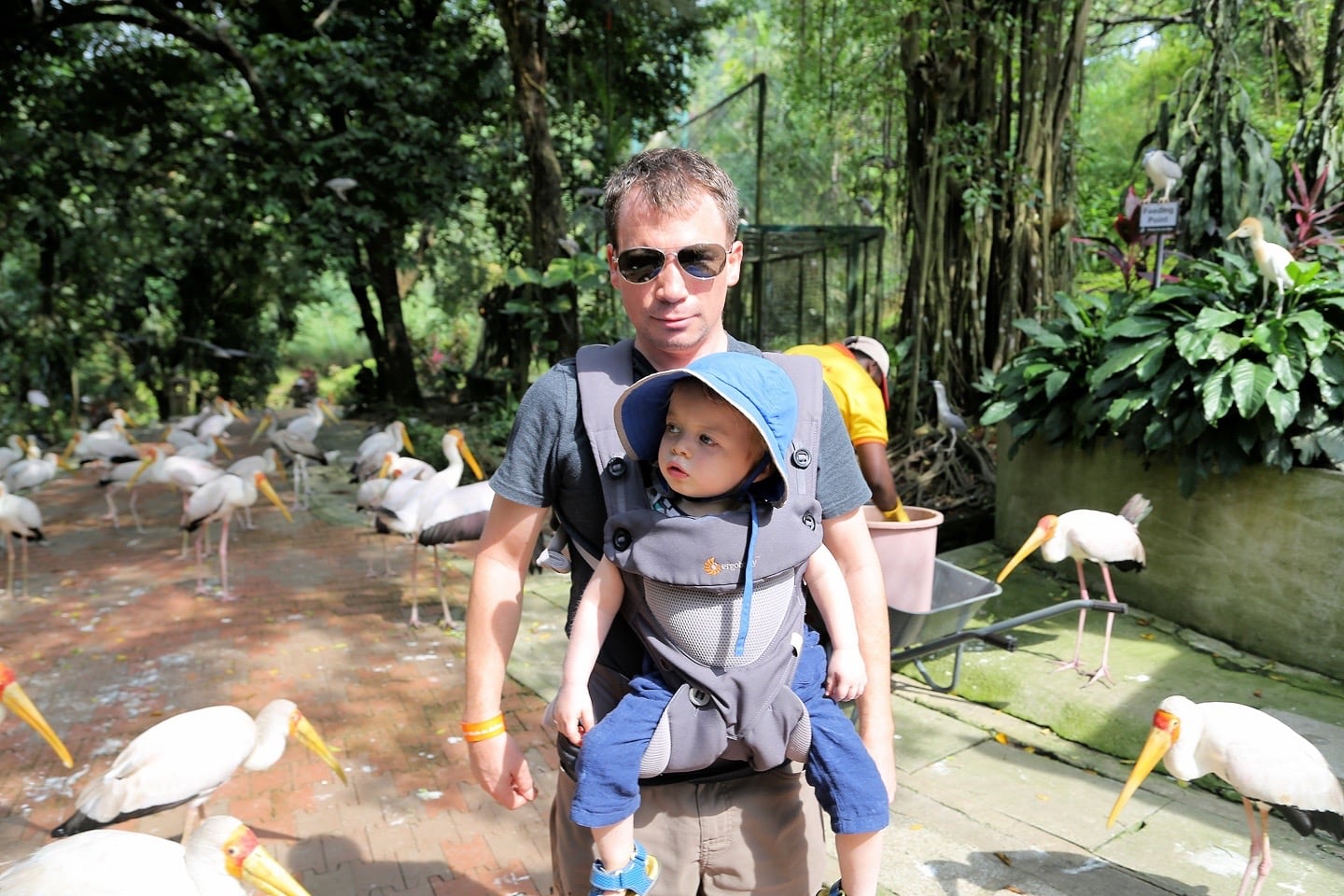
You may think we chose to visit the bird park on account of Noe. Nah. We would’ve come here regardless.
We did assume, however, that visiting the bird park came with the added bonus of being something really entertaining for a 21-month-old. And I’m certain “normal” Noe would have loved all the fun and exotic critters and the action unfolding all around him.
But we were not dealing with normal Noe, unfortunately.
Yeah, we get to go on this amazing two week trip to Kuala Lumpur and Borneo—even with a toddler. But that’s not to say it didn’t come with costs.
There was a long adjustment curve, and Noe was a moody wreck for much of the first week. But nothing worth doing is ever easy, and that includes traveling with a toddler. What’s the alternative? Not doing it? Catering exclusively to a two-year-old’s whims and wants? What’s the point in that?
Noe did eventually find his groove in Borneo, and we all ended up having a far more fun and memorable time than if we would have spent the holiday at home.
It took a lot of patience and flexibility to do this with Noe, yet in the end, it really made the fun and relaxing moments that much more satisfying.
No, traveling with a little one is nothing like traveling as a couple. But in many ways, we had an overabundance of time to ourselves in those days preventing us from fully appreciating the journey.
Now, we take very little for granted in that respect.
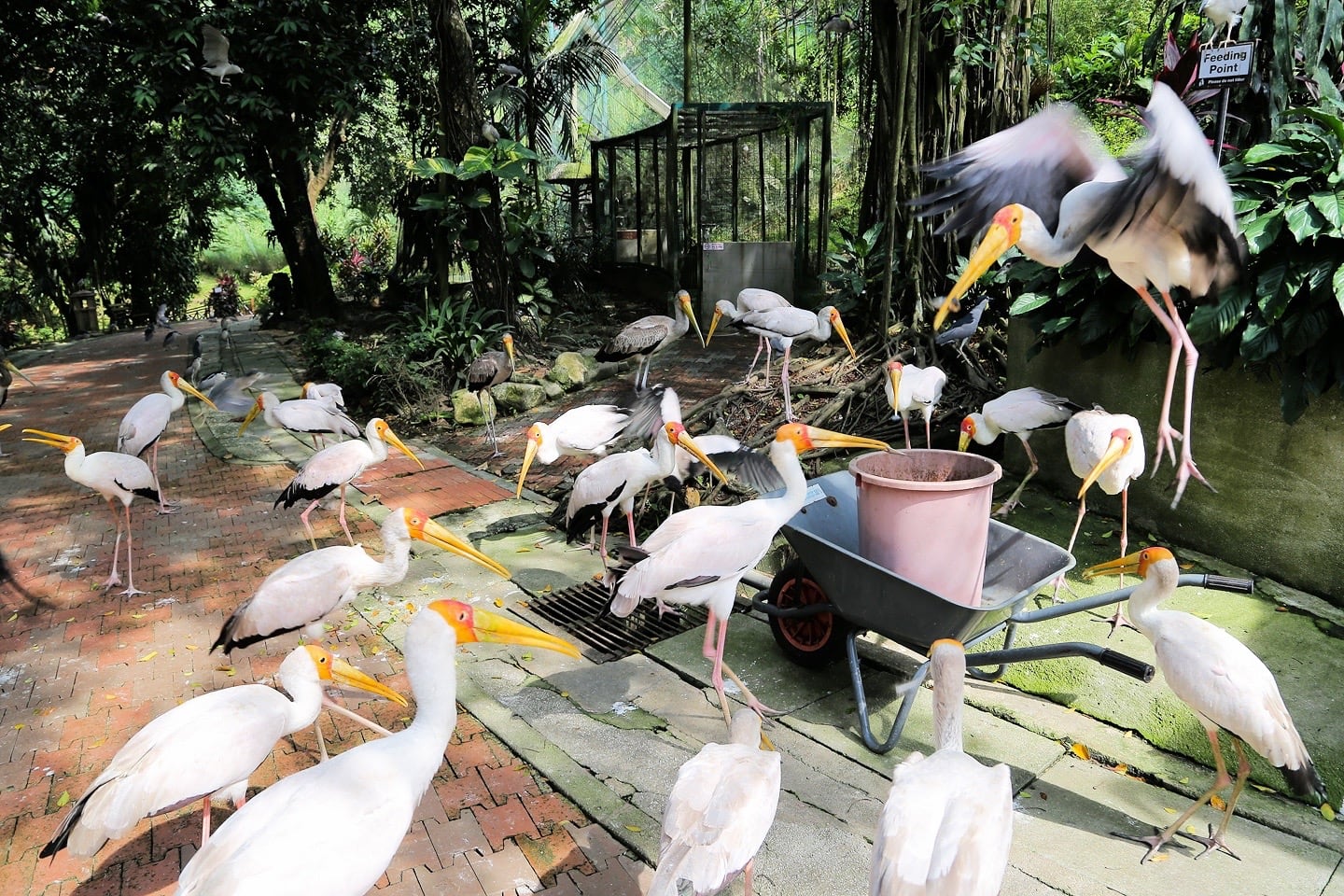
Birds everywhere! I don’t think I’ve had so much fun with birds.
Of course, with any flock of birds, there’s always the danger of getting severely crapped on, and KL Bird Park at feeding time is no exception.
A small price to pay for a rare and close encounter with a hundred of my vapid and goofy-looking feathered friends.
With that said, a hat wouldn’t have been a bad idea. Noe had the right idea.
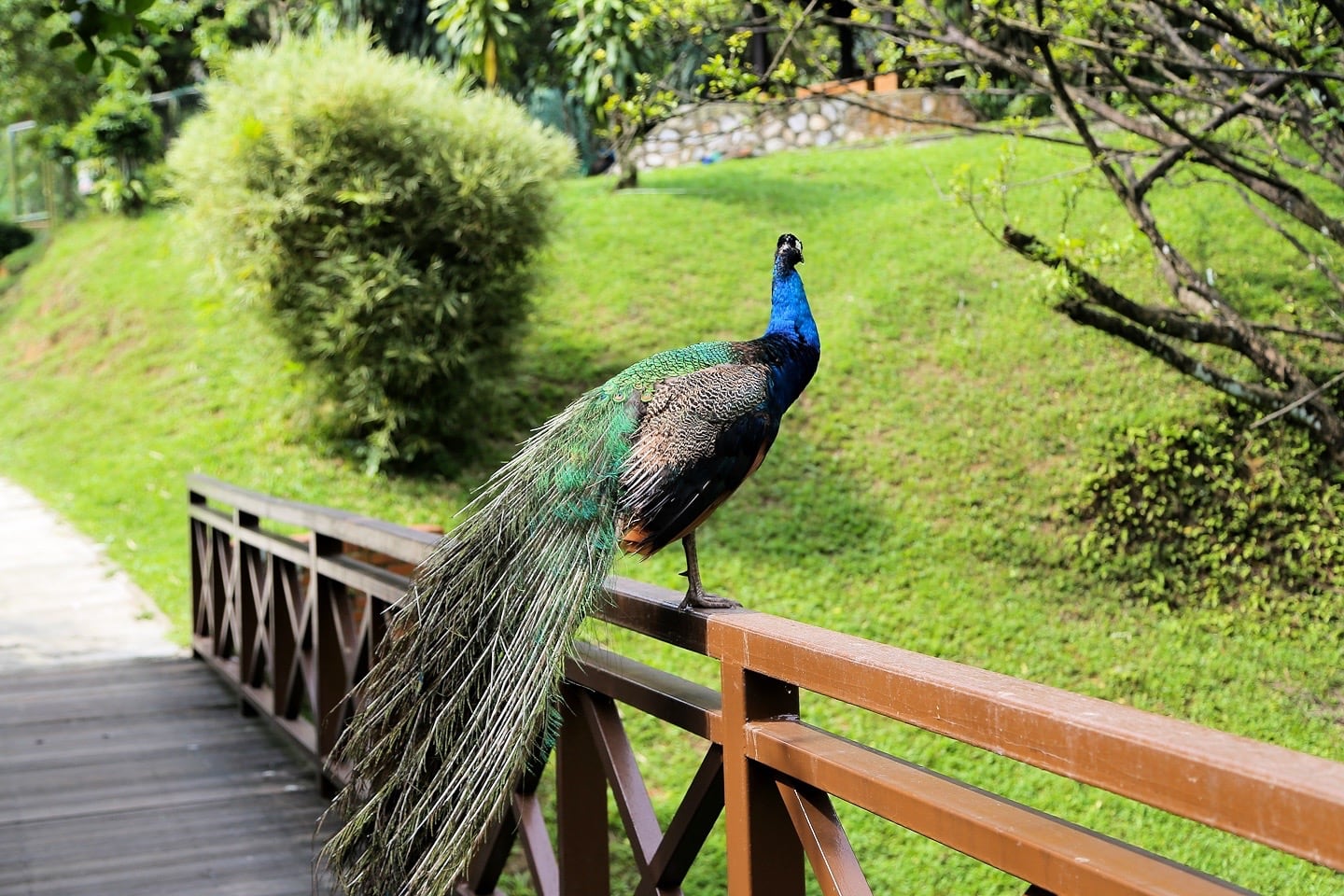
Crossing a bridge, we came upon a peacock.
Try as we might, we apparently were not attractive enough for the bird to whoo us with his full display of plumage.
Whatever. I don’t need to be validated by some stinkin’ peafowl.
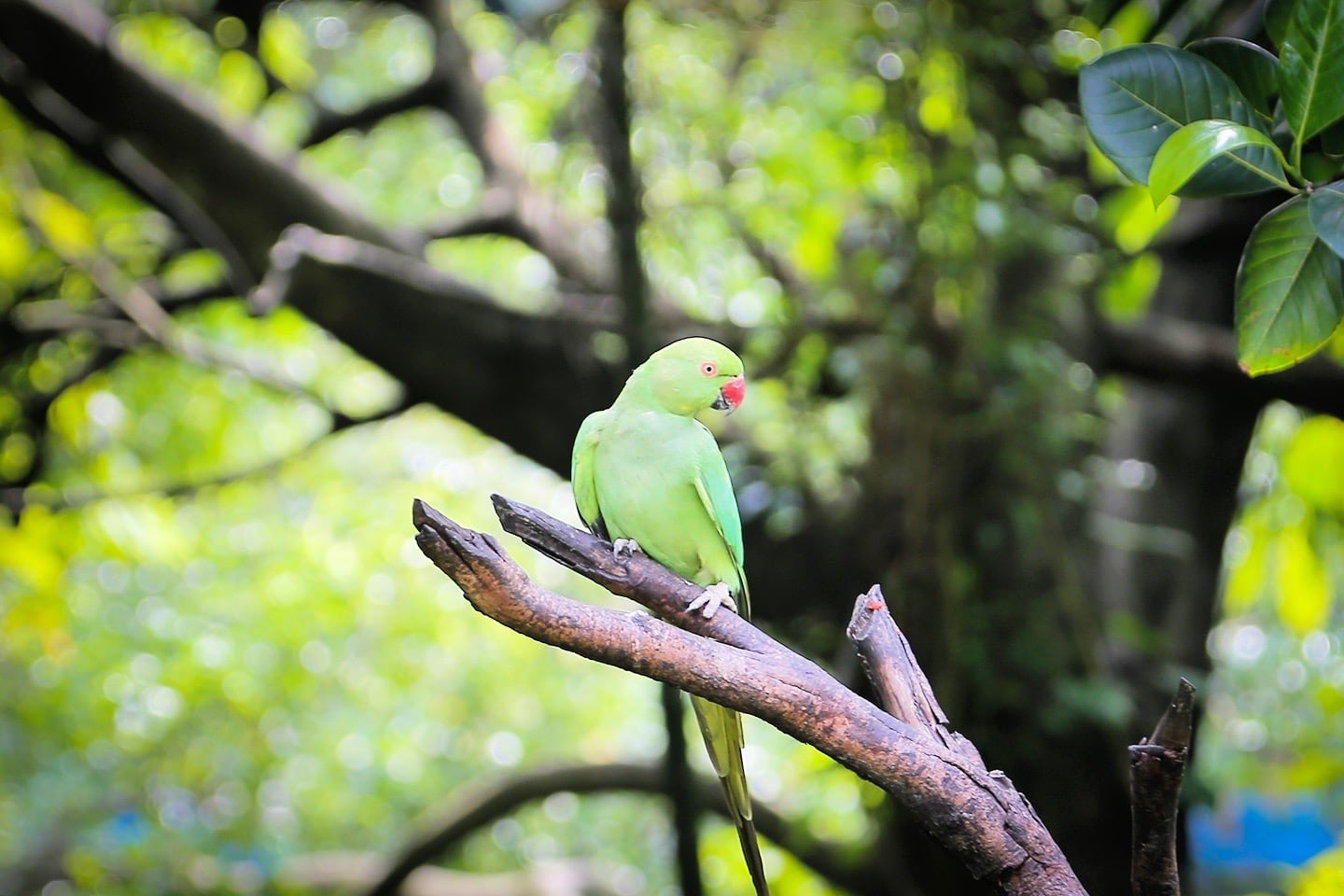
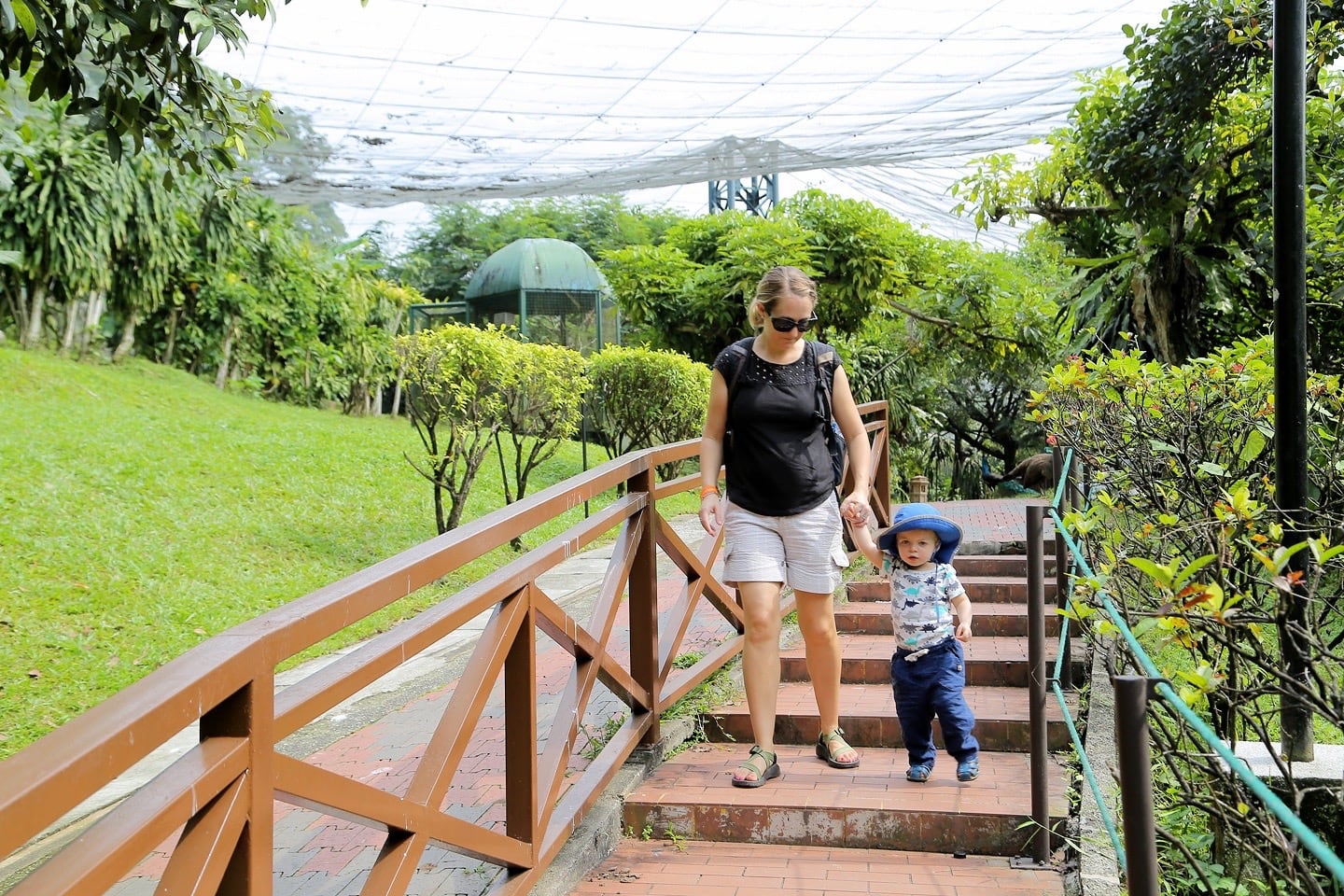
Most of the park is covered in acres and acres of netting, held in place by high steel towers.
Later in our visit, we also explored a flightless bird area that was not covered for obvious reasons.
The netting is not quite dense enough to offer any real protection from the intense equatorial sun, so we recommend going early and putting on lots of sun protection. Only about a third of the park has shade cover.
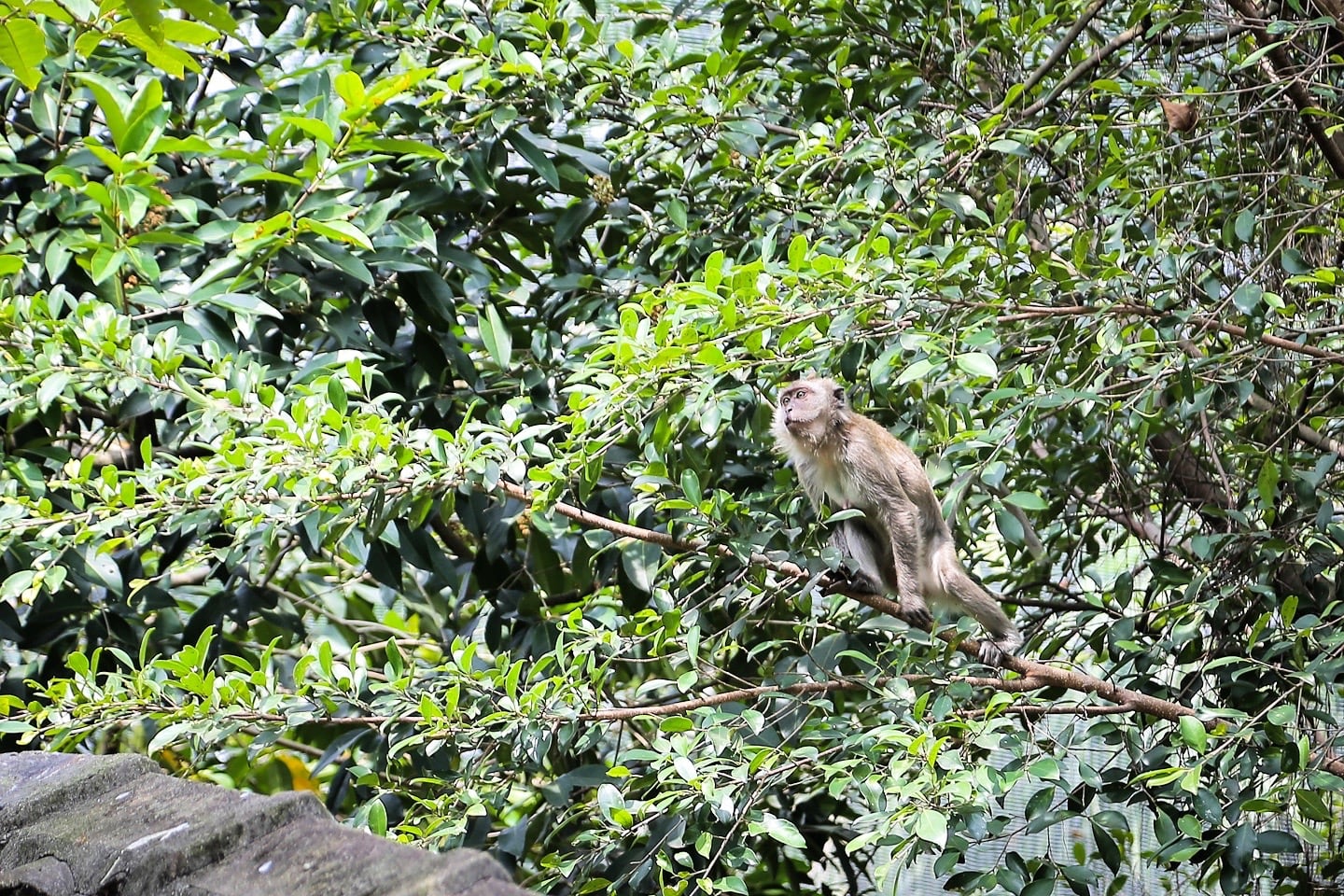
Birds aren’t the only inhabitants of the park, we discovered.
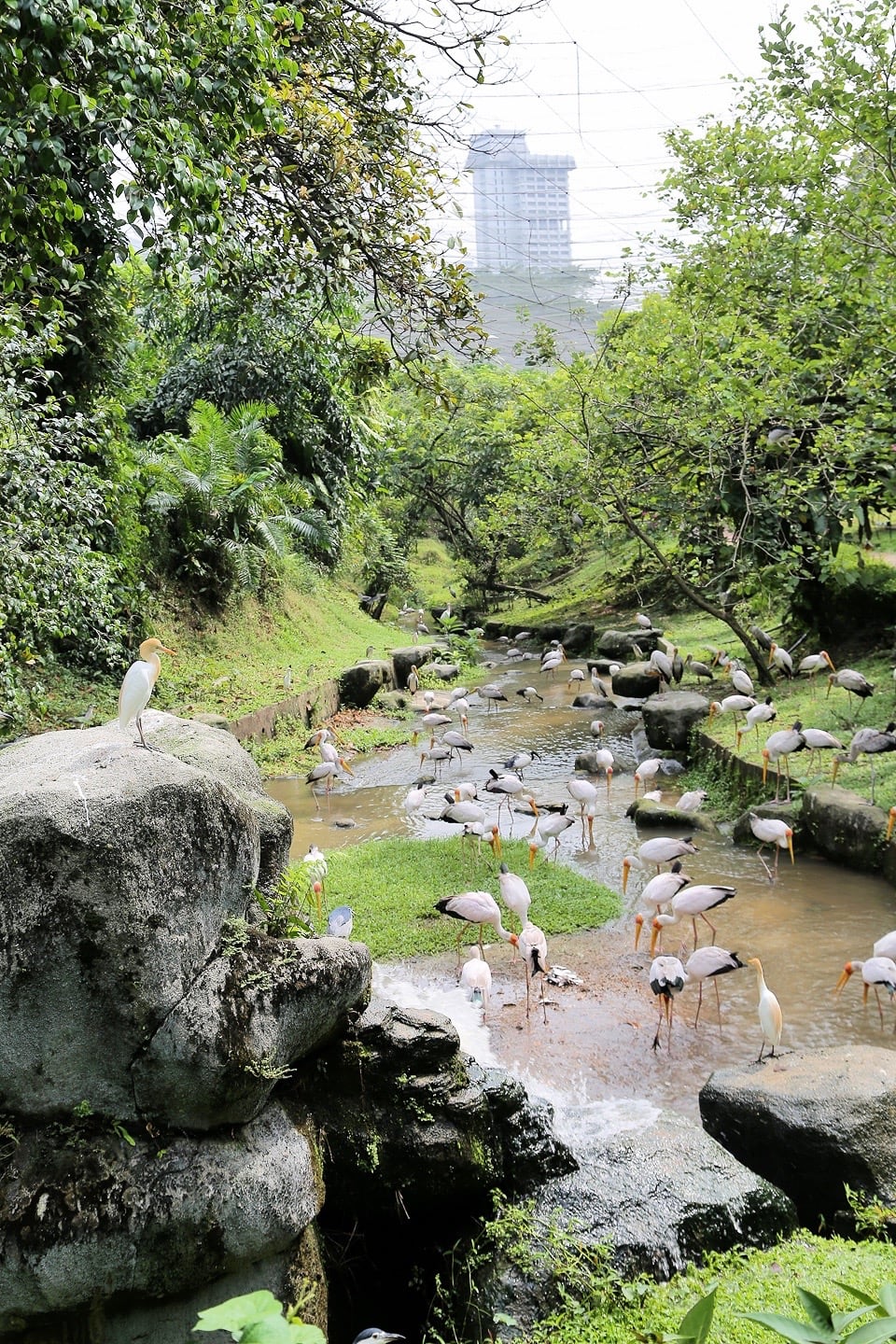
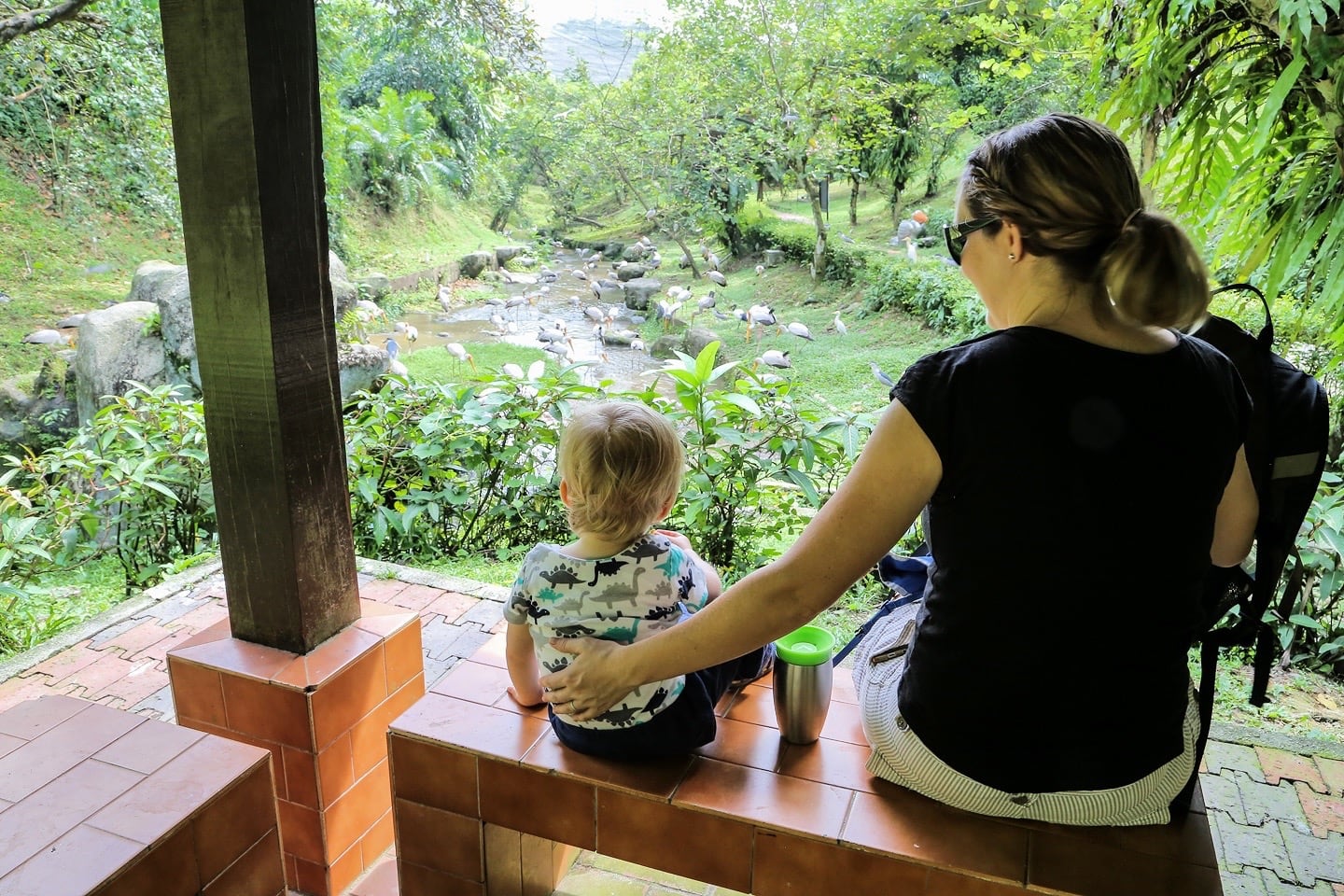
Lots of rest (and hydration) breaks today.
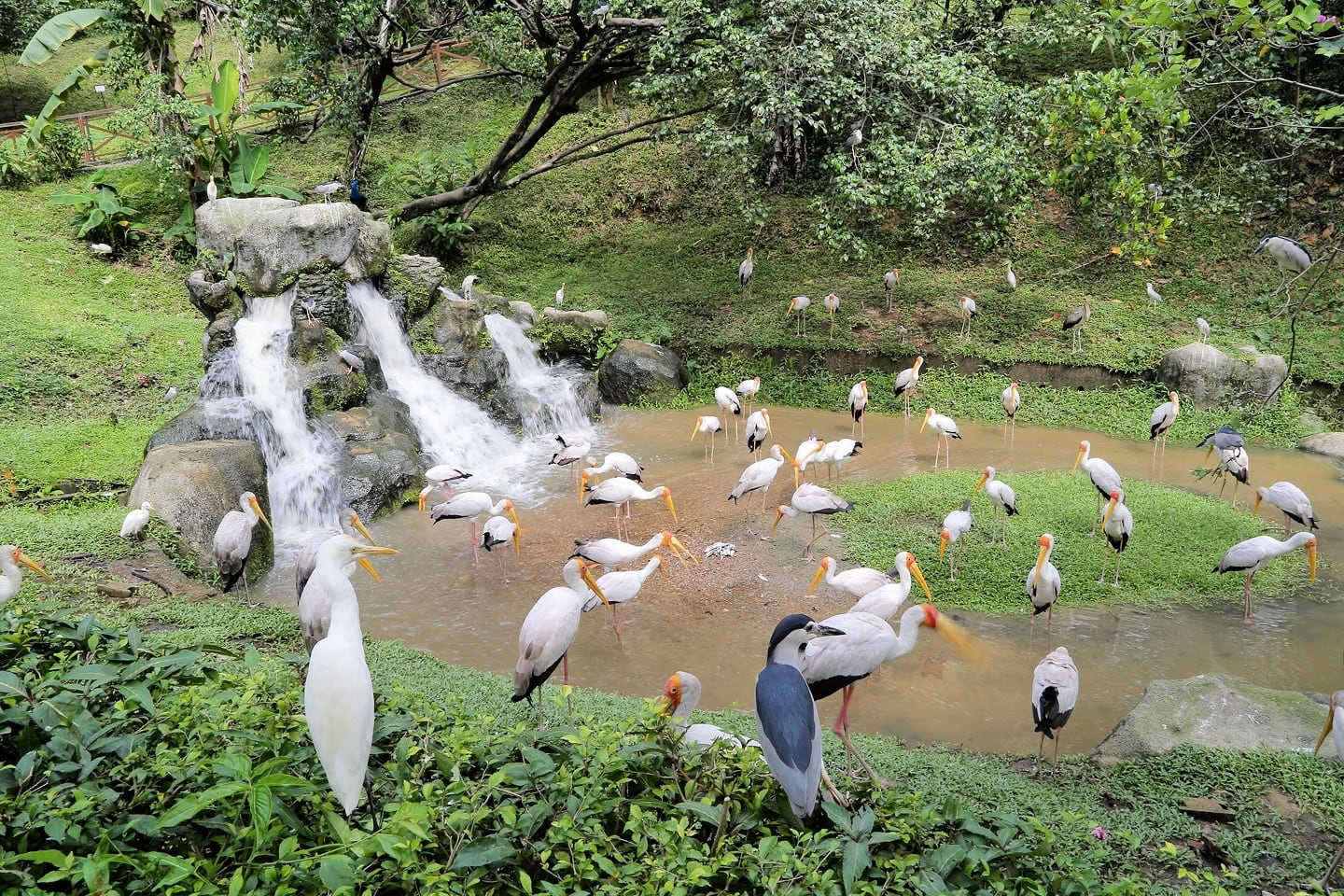
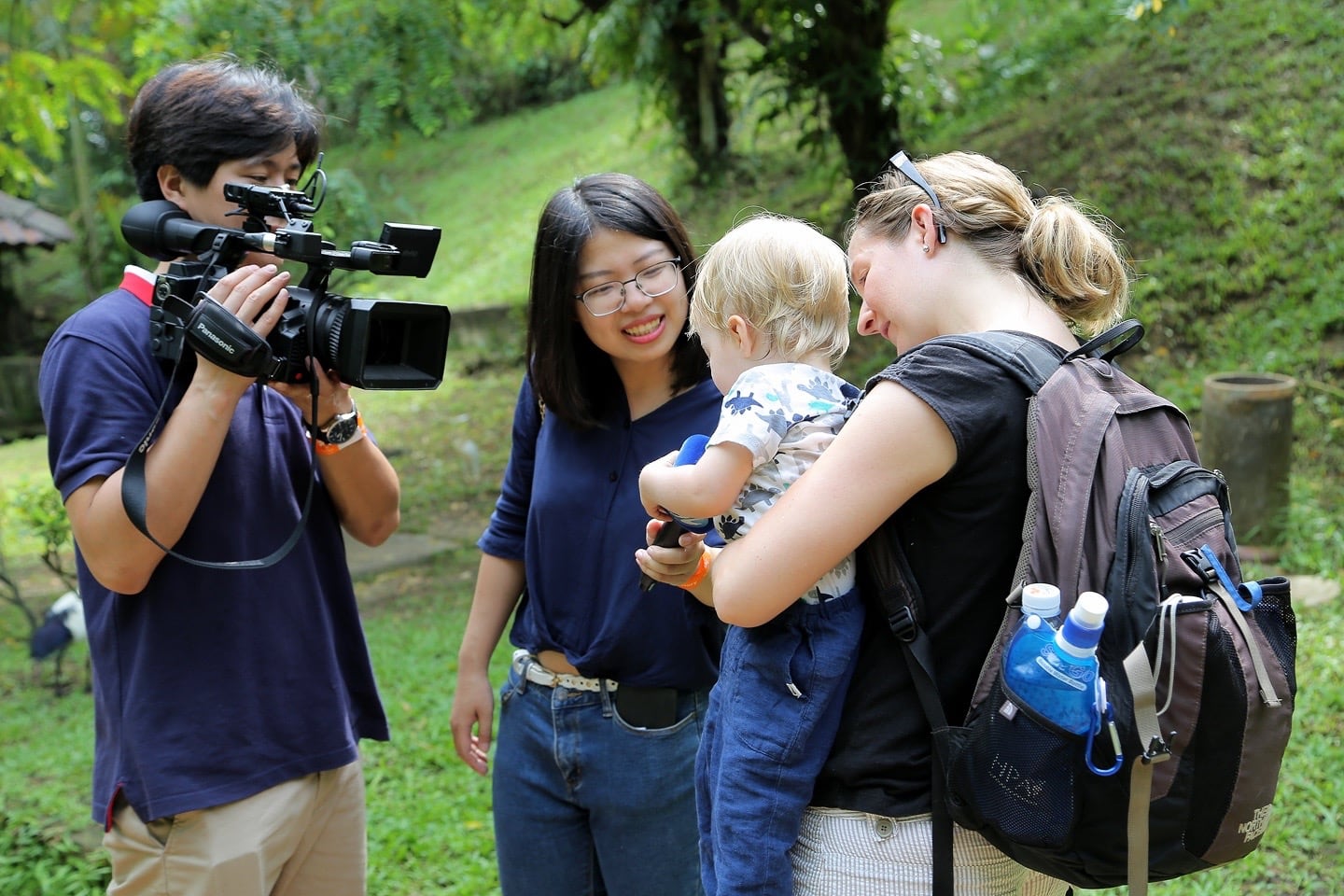
Noe was even interviewed by a local news channel on his thoughts on the bird park. He had much to say, but unfortunately for the rest of us, it was all in Lao. I look forward to seeing the subtitles.
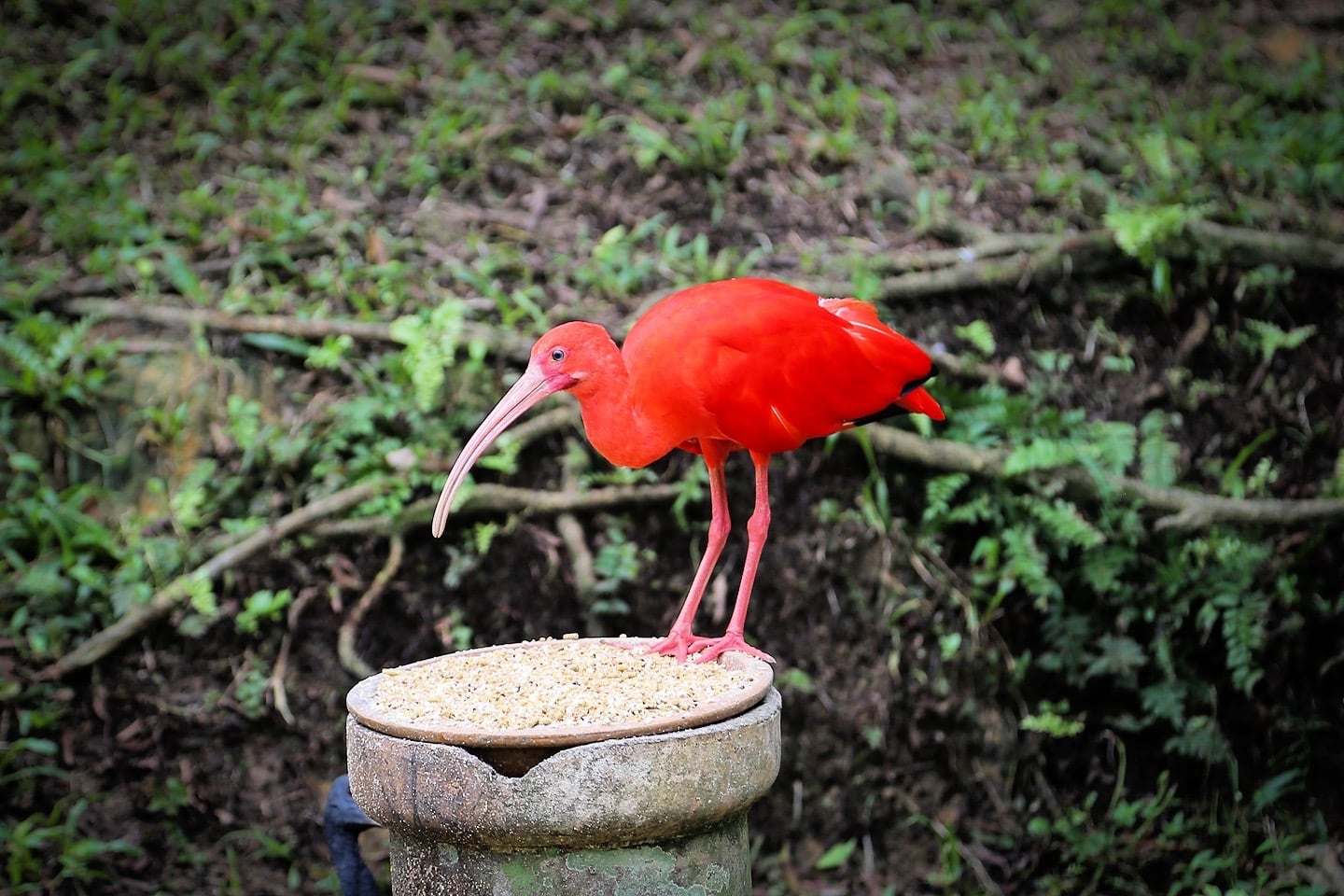
This ibis had a few too many red M&Ms, so it seems.
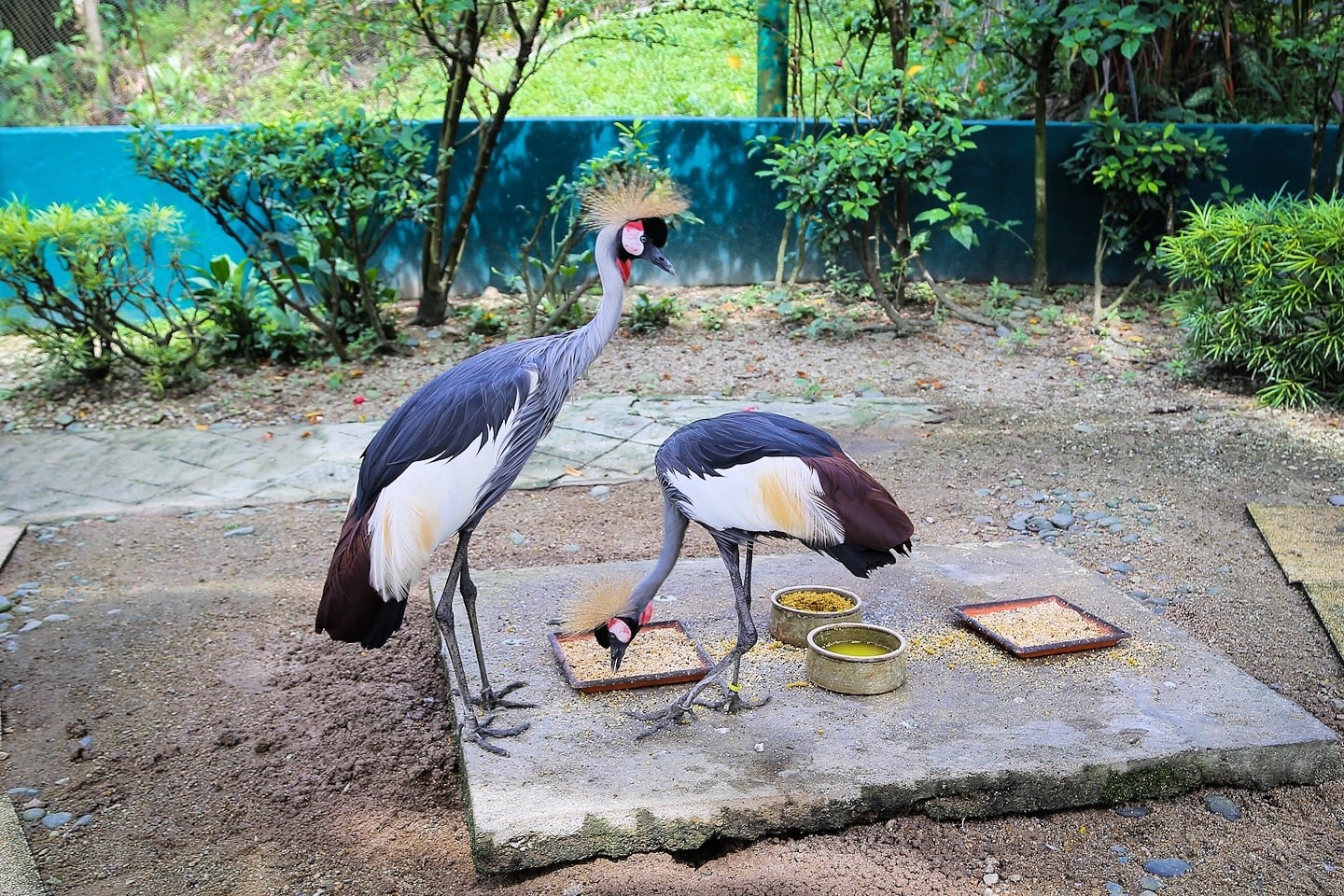
In Uganda, these are called Crested Cranes and are the national symbol of that country. Here in Malaysia, they are simply known as grey crowned cranes.
90% of birds at KL Bird Park are native to Malaysia.
However, these guys are generally not considered native to Asia, so they’re representatives of that non-native minority of residents.
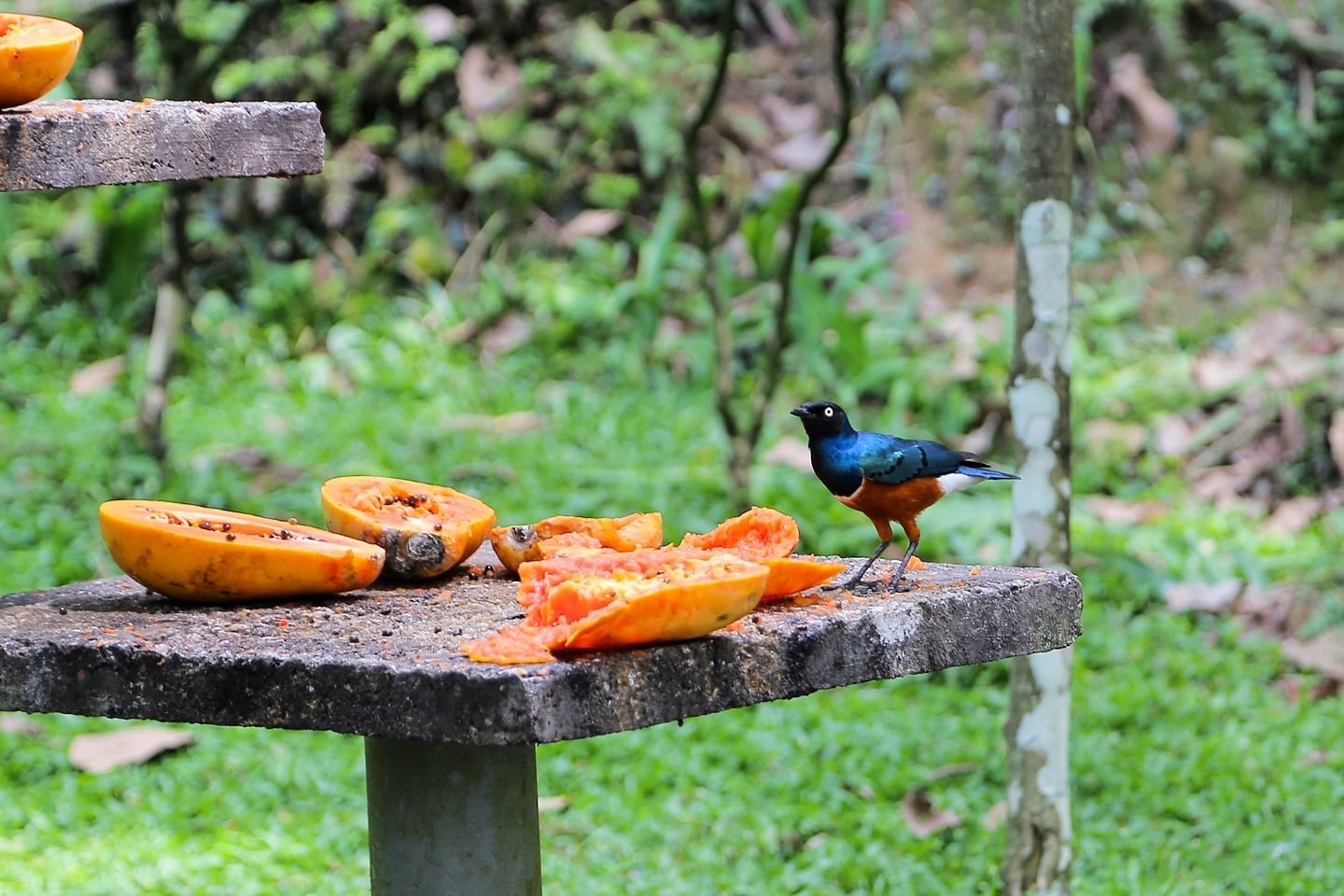
Noe was far more excited about the FRUIT!!! than the beautiful birds picking at the papaya.
He’s something of a fruit-a-holic, which sounds like a really good thing for a toddler in theory, right?
Try living in an area of the world where you can’t avoid seeing tropical fruits everywhere you go.
FRUIT! FRUIT! FRUIT!!!!!!
Ugh.
I suppose it could be worse. I suppose he could be like his mommy.
CANDY! CANDY! CANDY!!!!!!
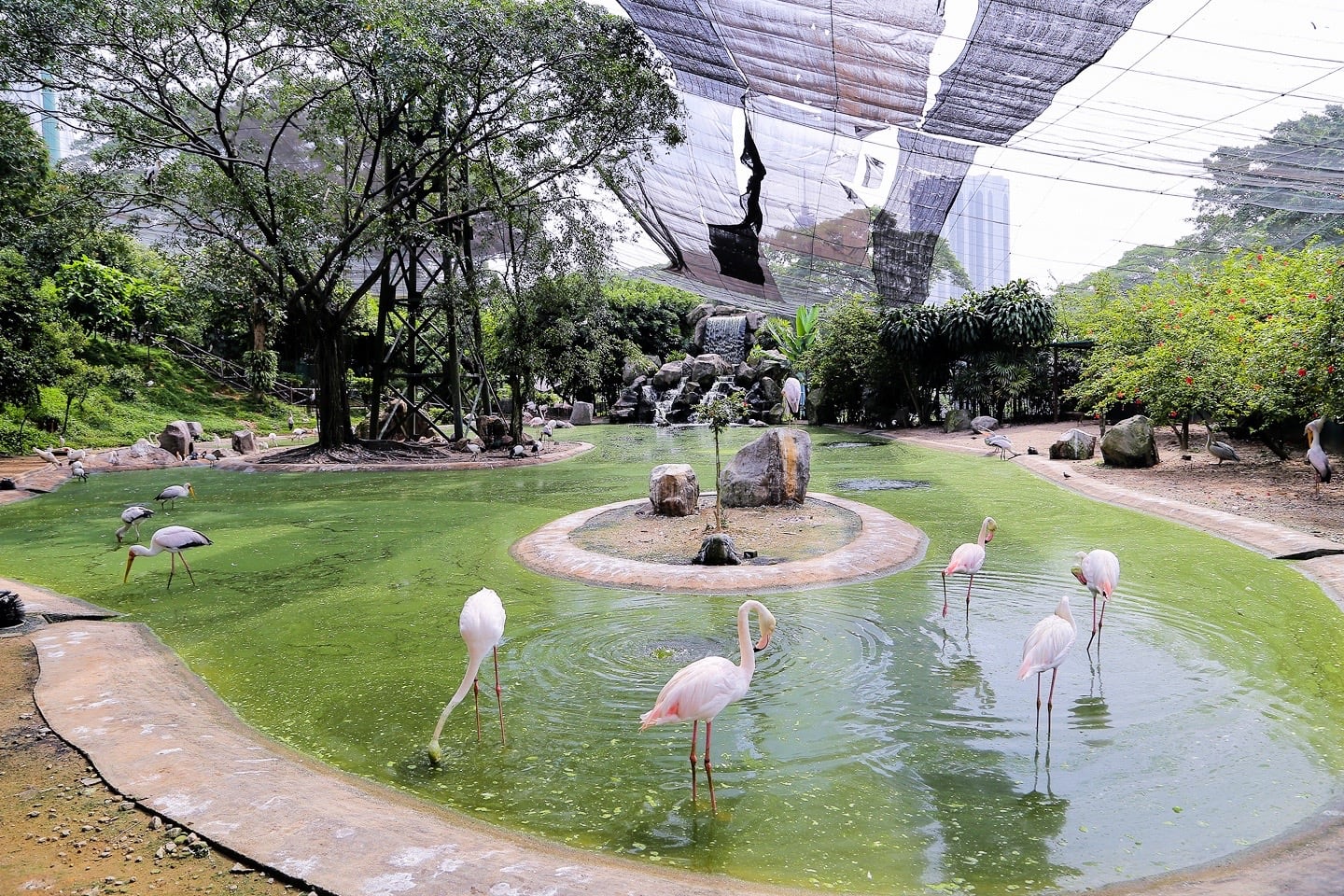
The rare green-headed pink flamingo.
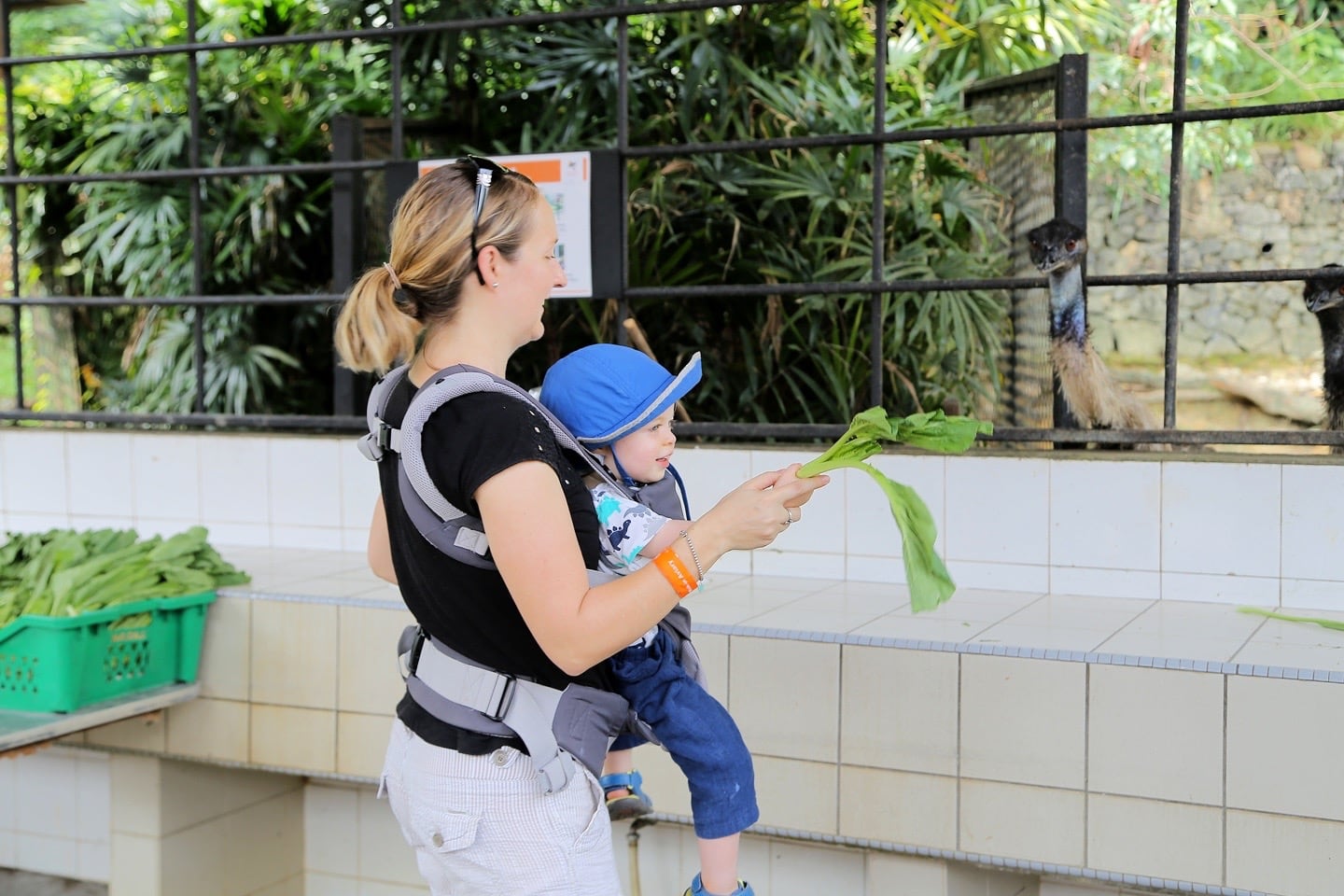
Another highlight of our morning was feeding this thing.
There was a small out-building with a sign welcoming visitors to take some lettuce and to hand feed the resident ostrich and emus. What fun! Right?
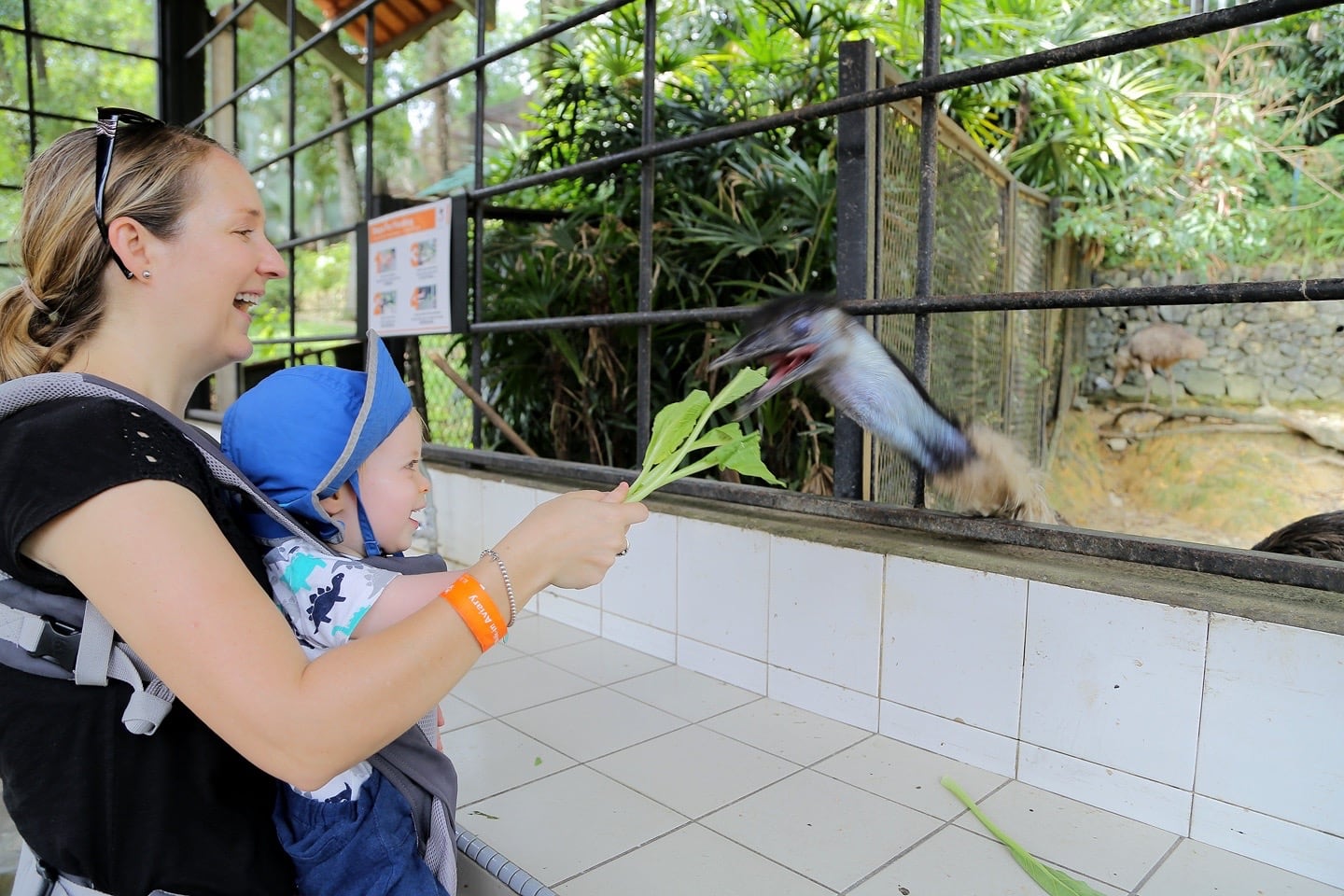
The thing was vicious. I was fairly convinced it was half velociraptor.
After nearly losing her hand to the crazed beast, once was apparently not enough. Lori and Noe repeated their encounter over and over and over.
I guess on some level we assumed the bird would have his fill of lettuce at some point, but no.
Fortunately for Noe, his tastes were simple, and he didn’t seem interested in baby at all, which made me rethink the velociraptor thing altogether. I mean, Noe would have been toast by now, right?
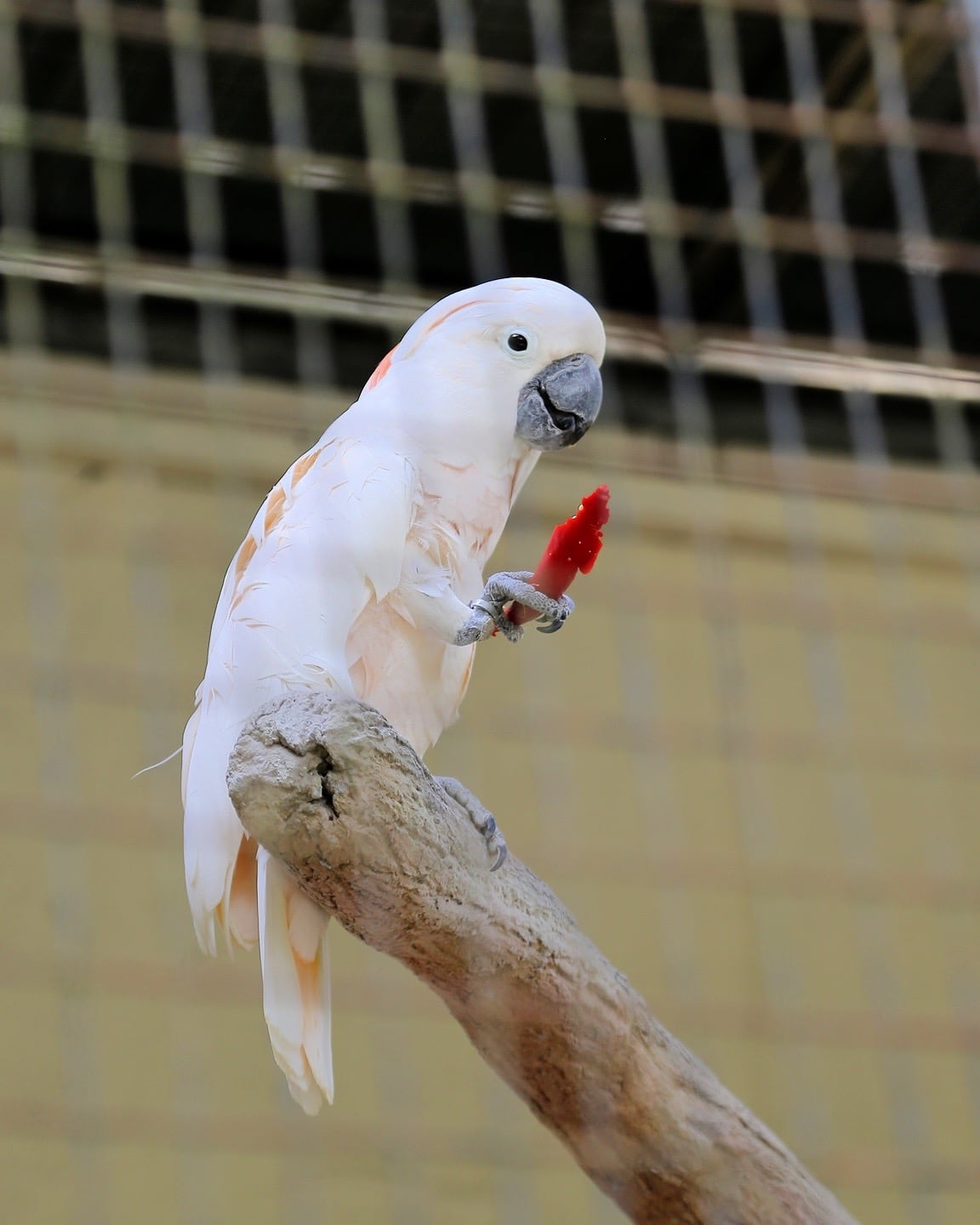
At one point, we came across this guy, smoking a tiny bird cigar.
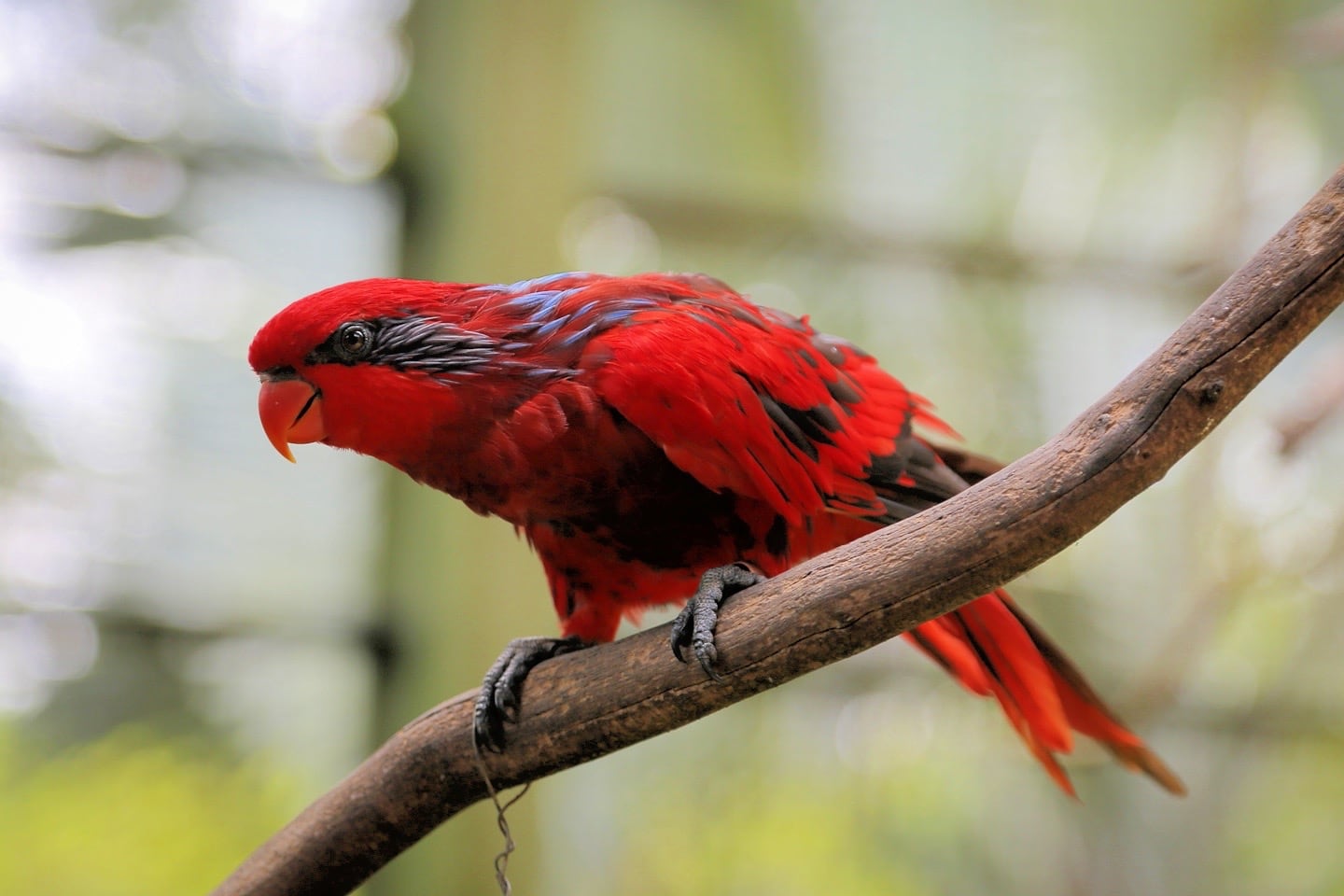
…and this very skeptical-looking Red Lory.
There was also a Chattering Lory, and I could take this opportunity to make some sort of joke regarding my better half, but I won’t…Lori…
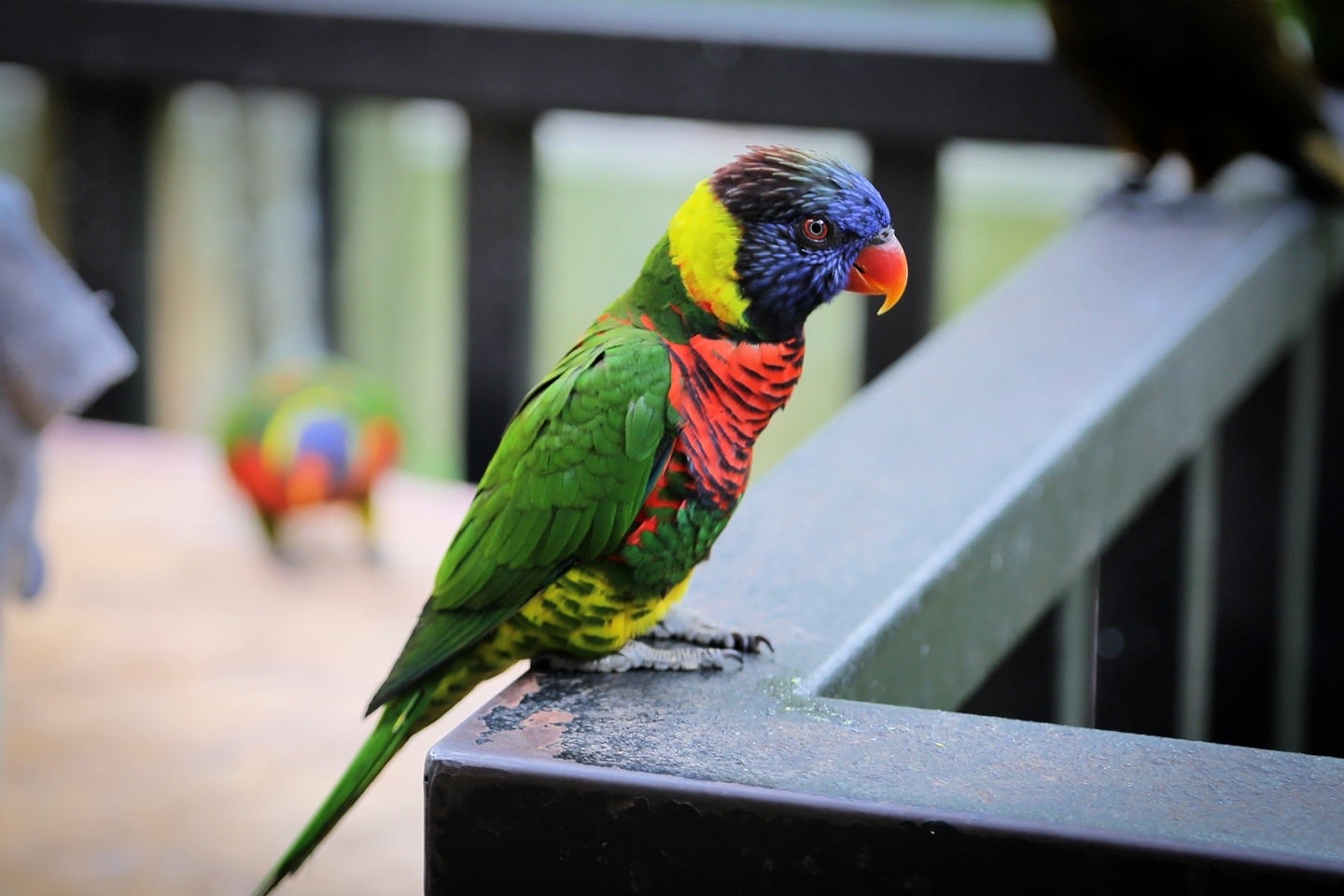
You were supposed to be able to hold this beautiful Rainbow Lorikeet, but every time I put my finger out, he side-stepped it.
We played this game for a while until I realized I was engaged in an utterly pointless game of chicken with a parrot.
Noe, however, enjoyed pointing and laughing, which couldn’t have been good for the poor little bird’s self-image, but made Noe feel better. Bully.
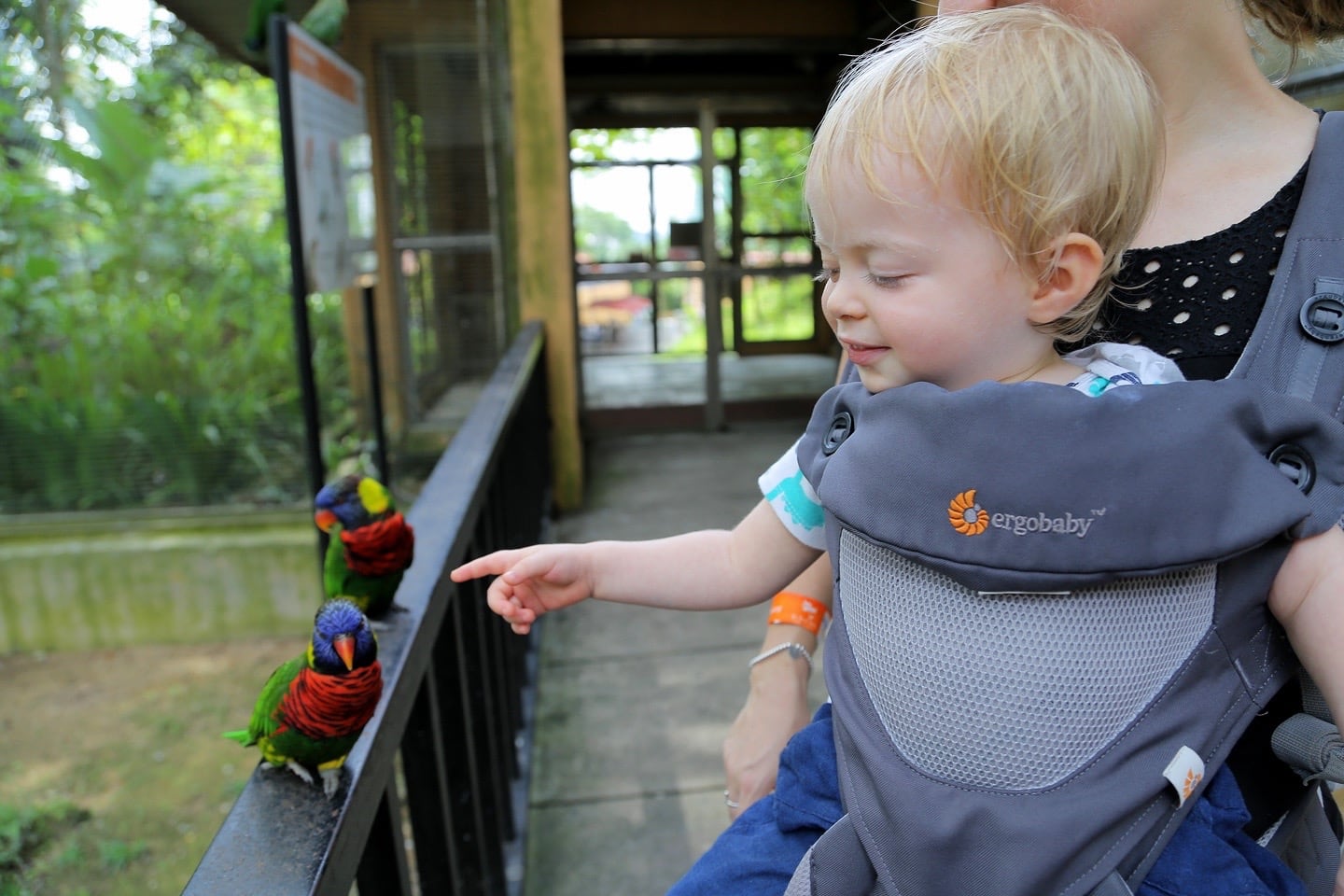
And now, we’ve saved the best for last…or at least the most bizarre.
Here, I present to you the pride of KL Bird Park and the namesake of many of its facilities: the Great Hornbill.
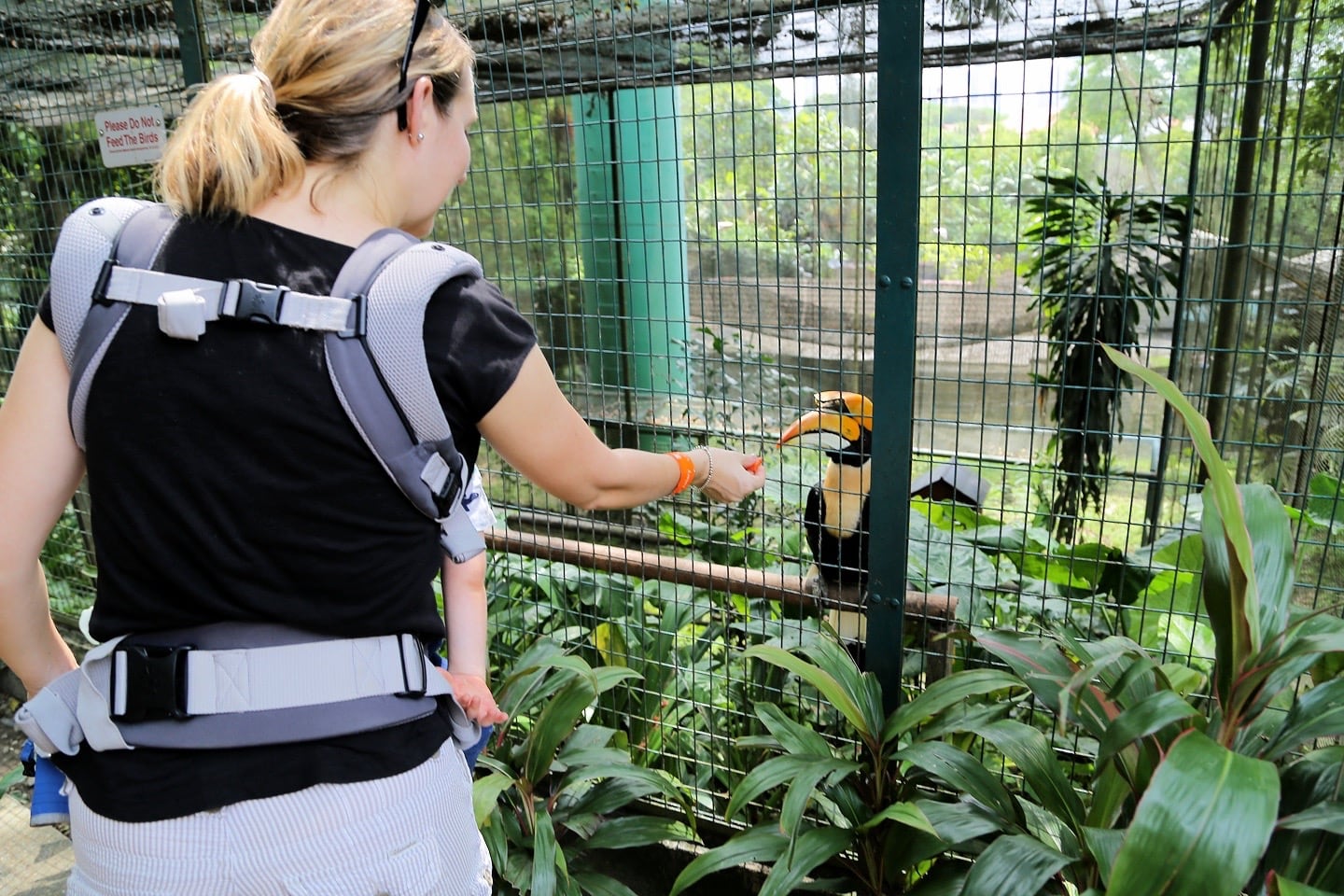
That’s a wrap, folks. It’s nap time!
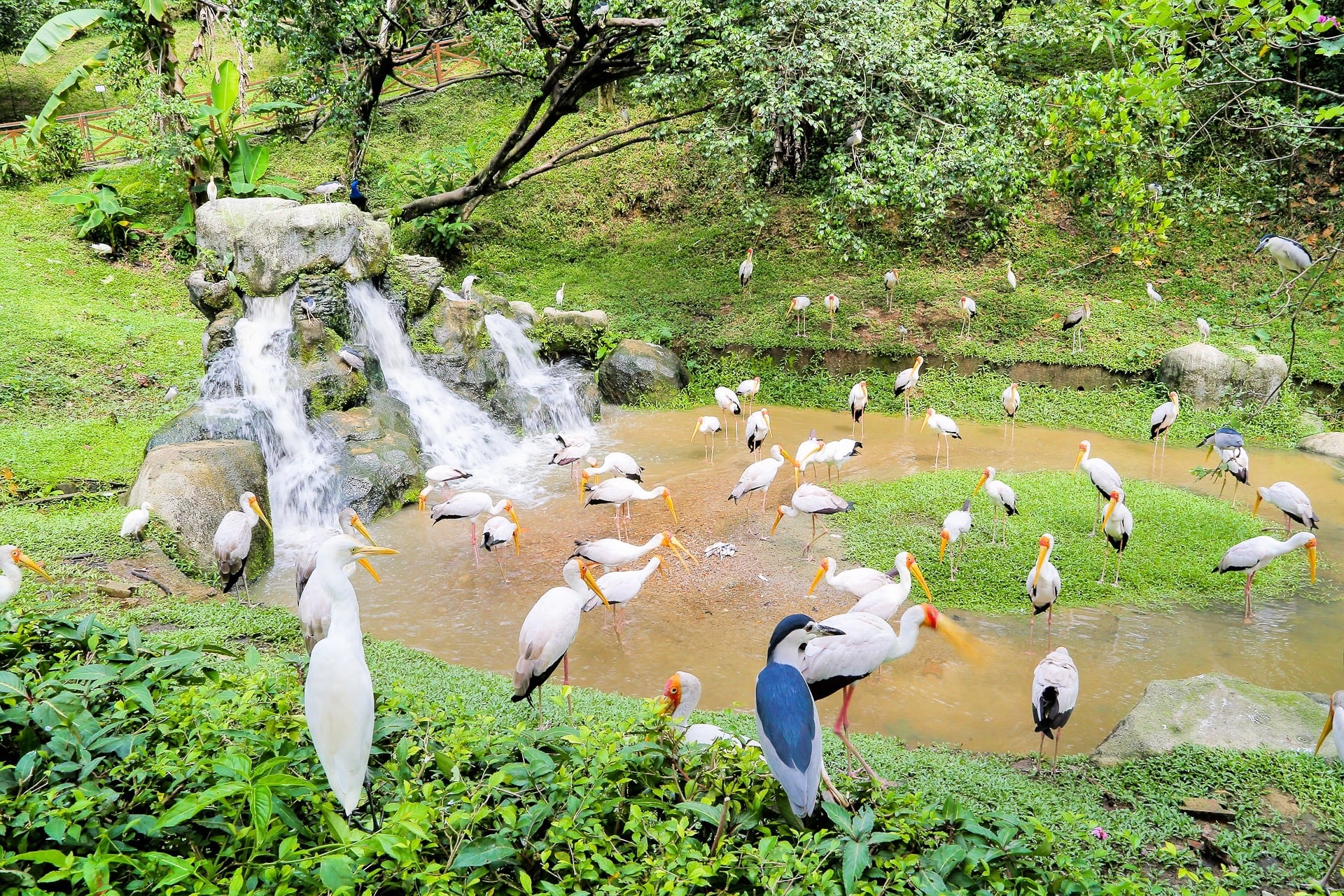
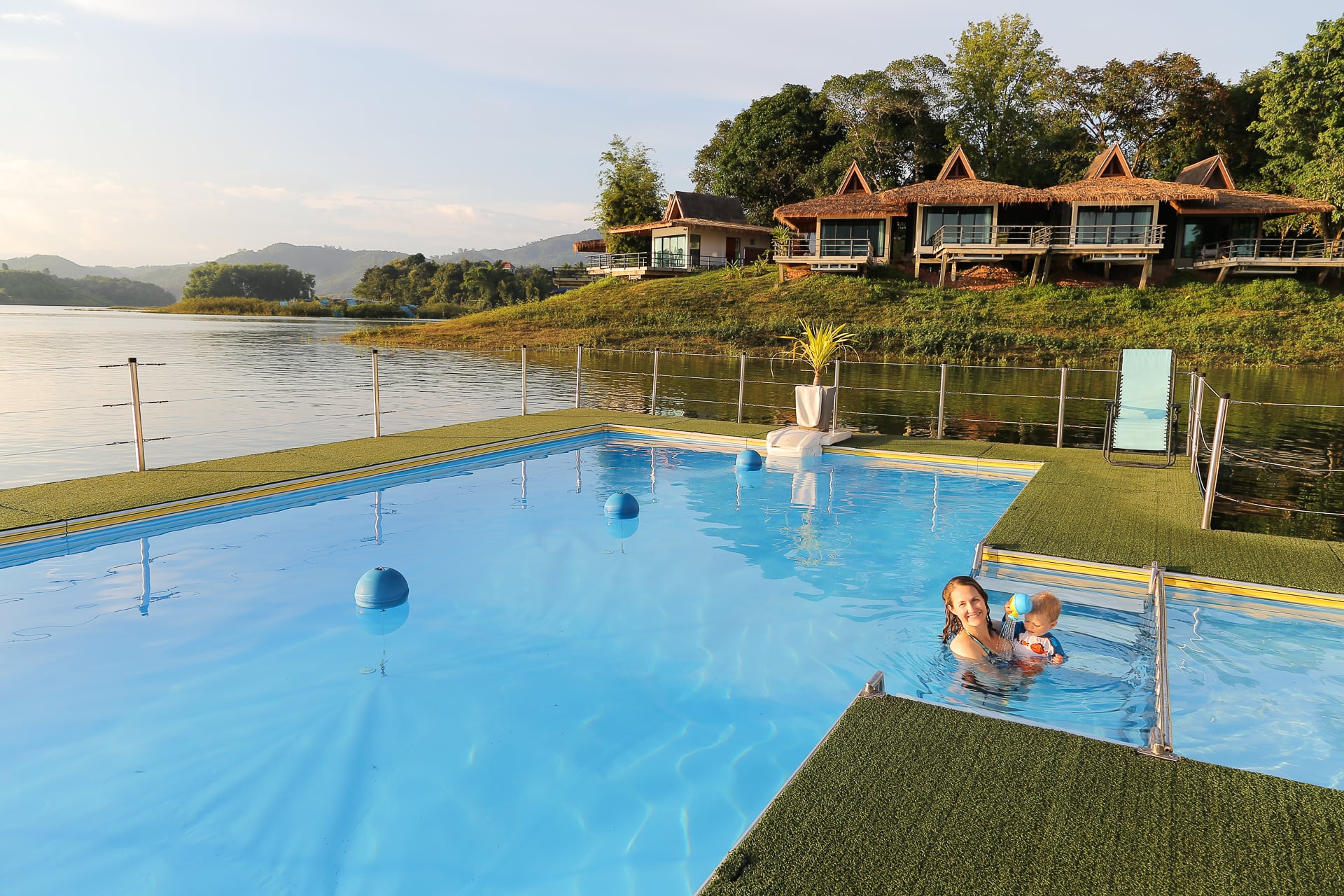
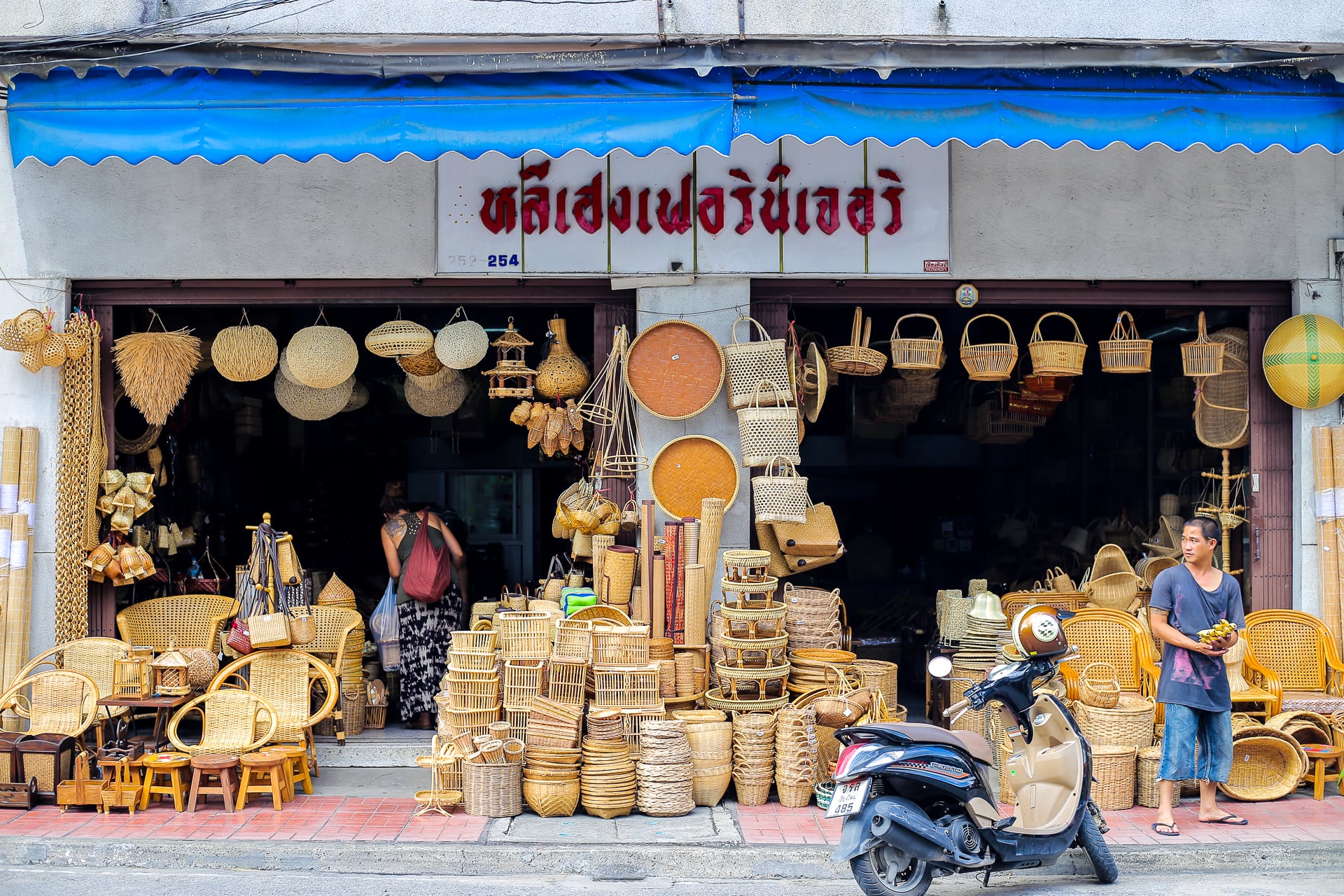
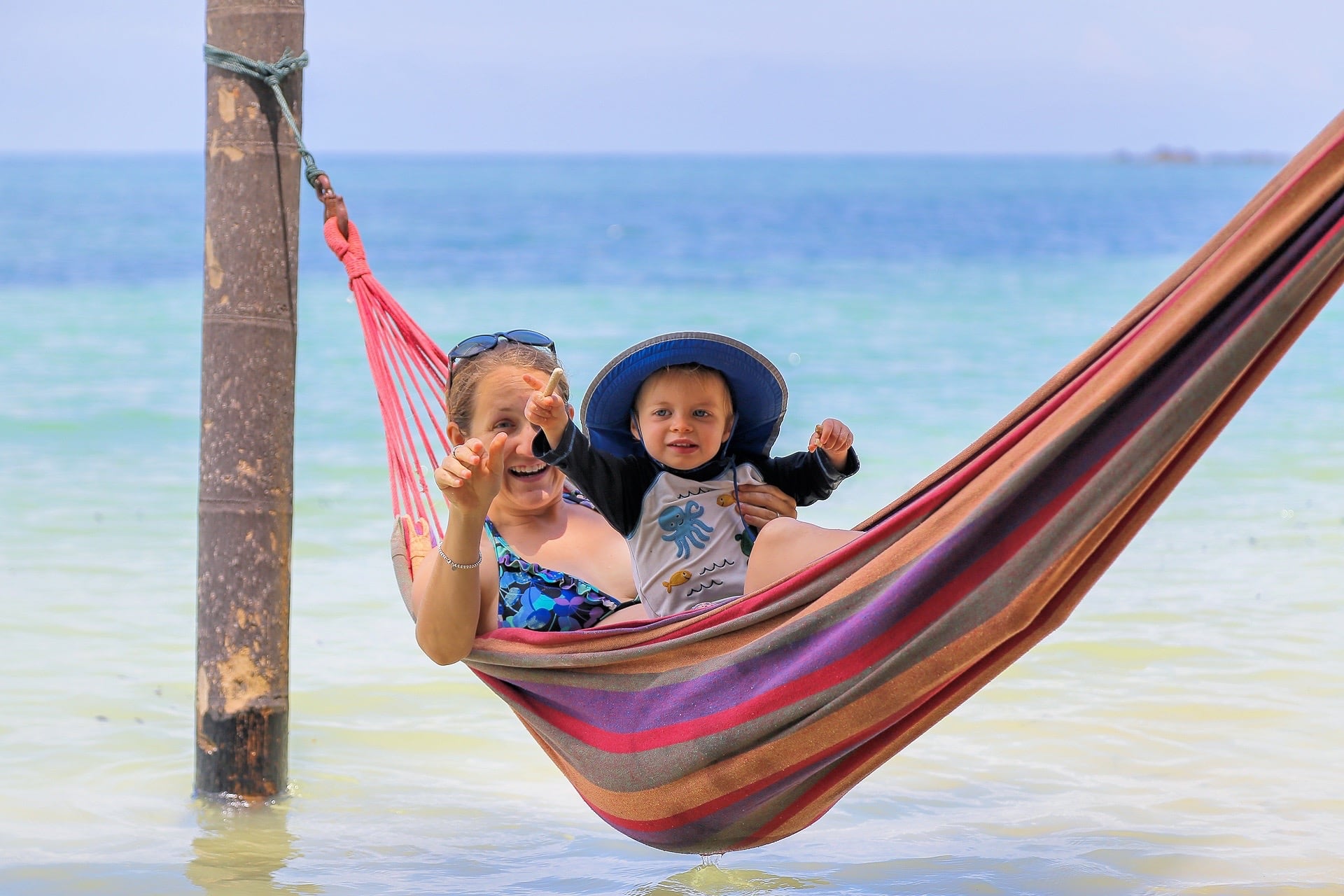
Nice post about the KL bird park. Seems you had a much better experience than I did, since it rained when I was there. The red ibis in one of your photos is called the scarlet ibis and is the national bird of Trinidad and Tobago, a country in the Caribbean where I’m from. Whenever I see it in Asia, like at this park, I find it interesting and amusing.